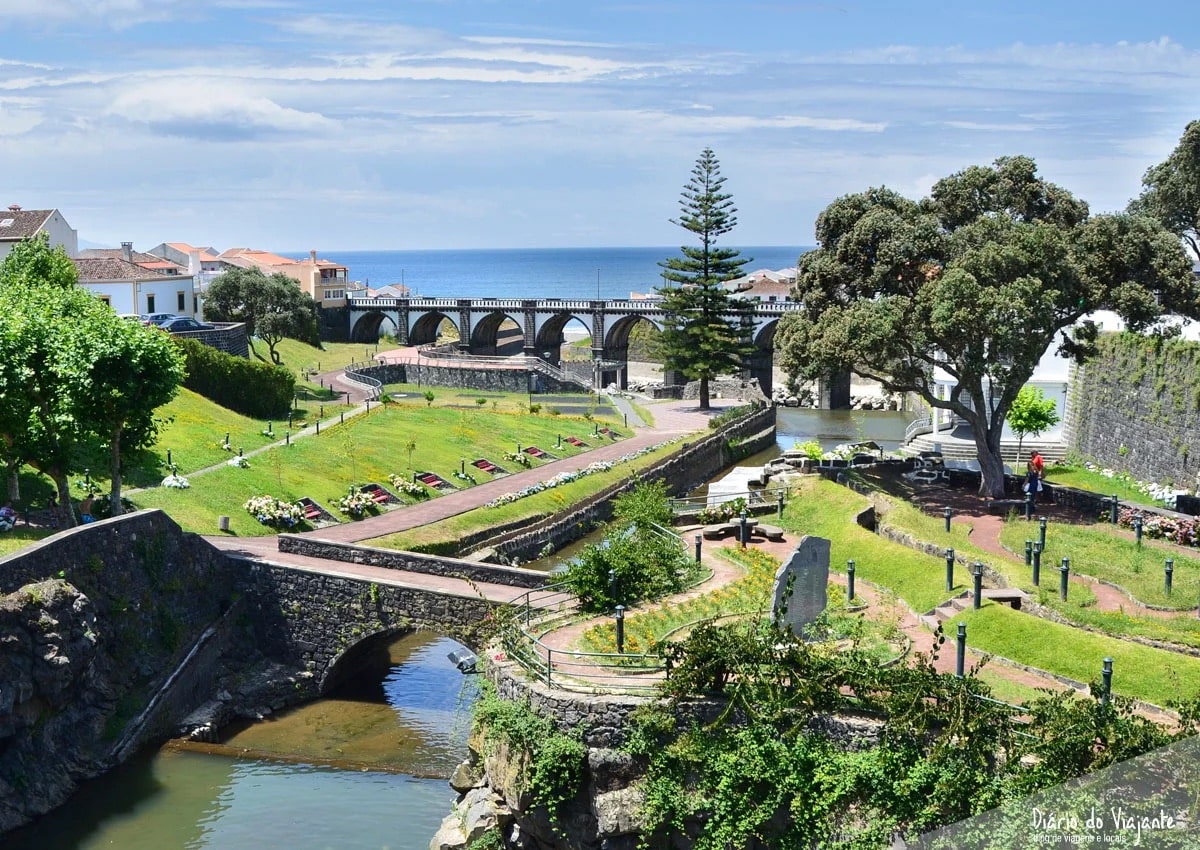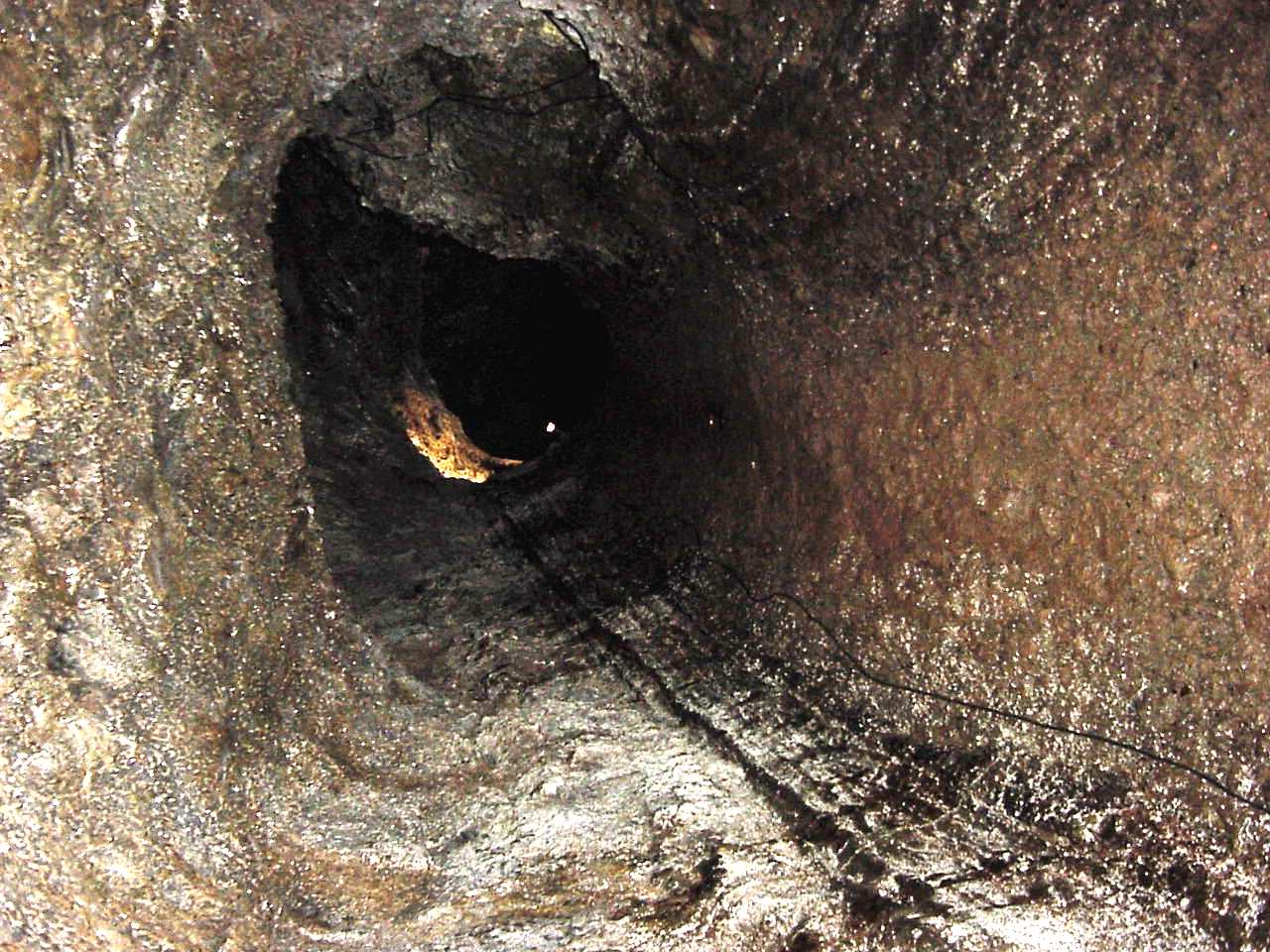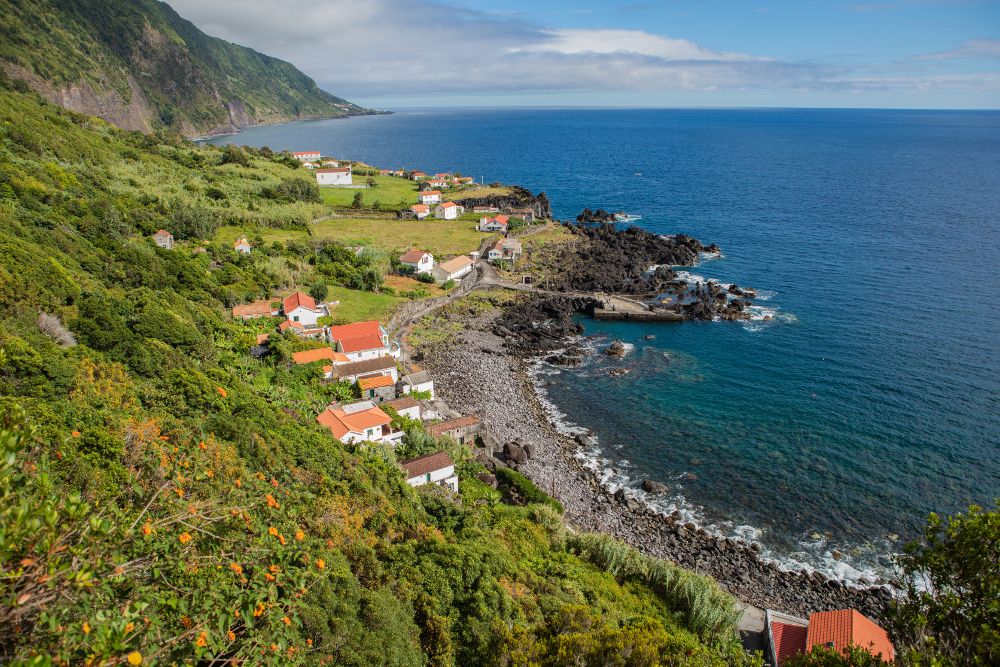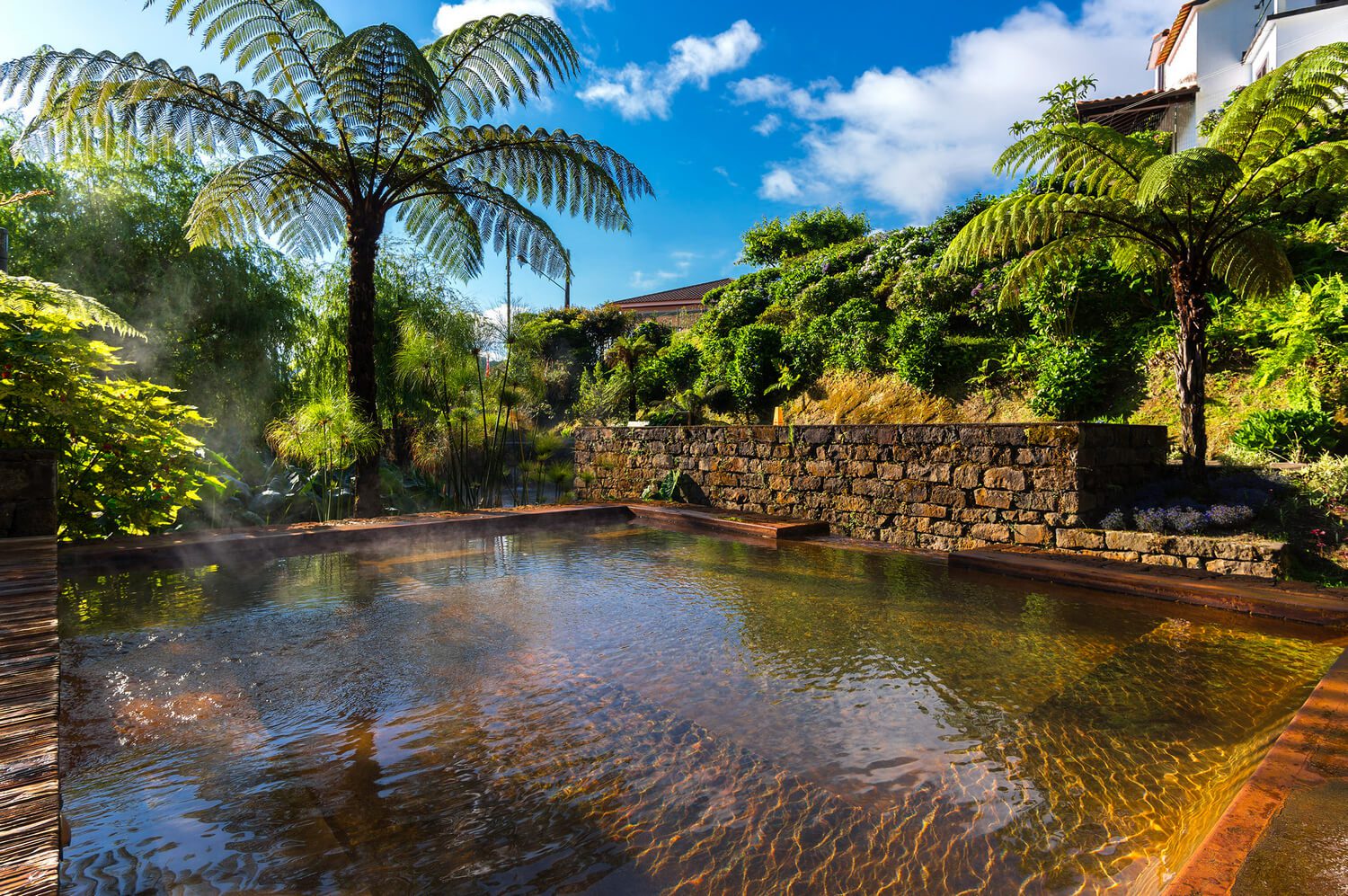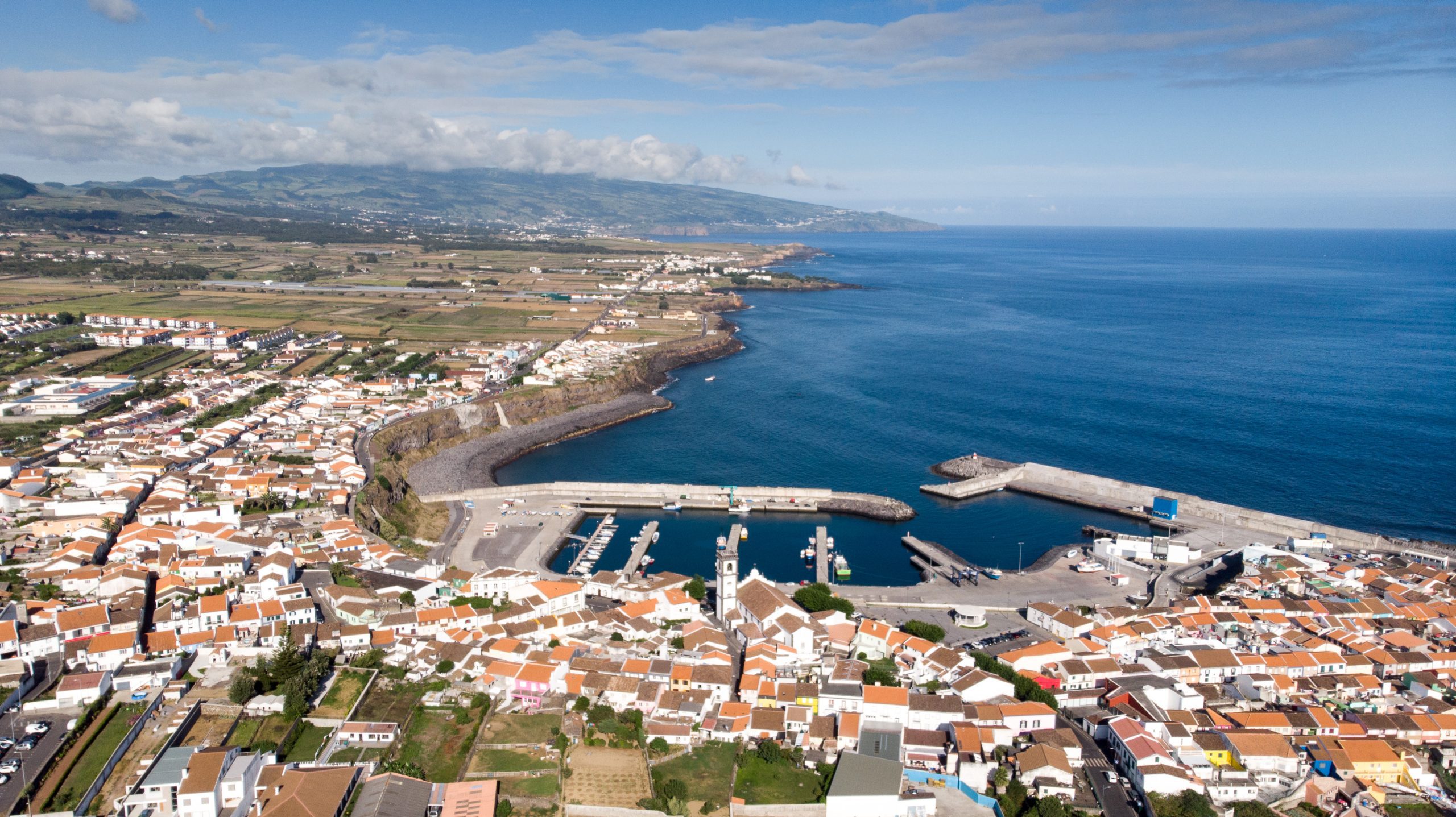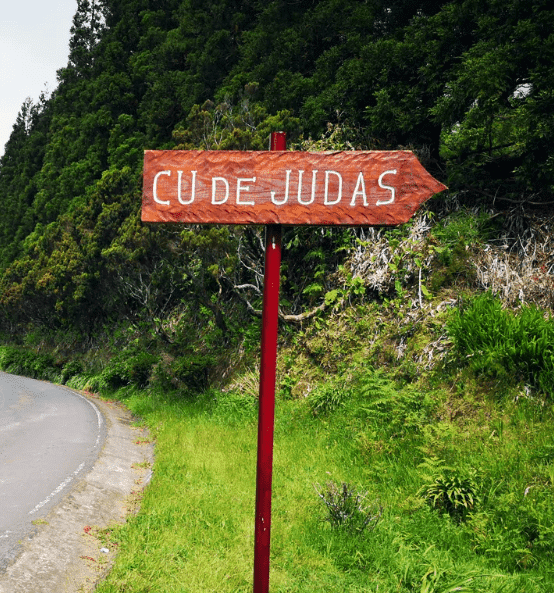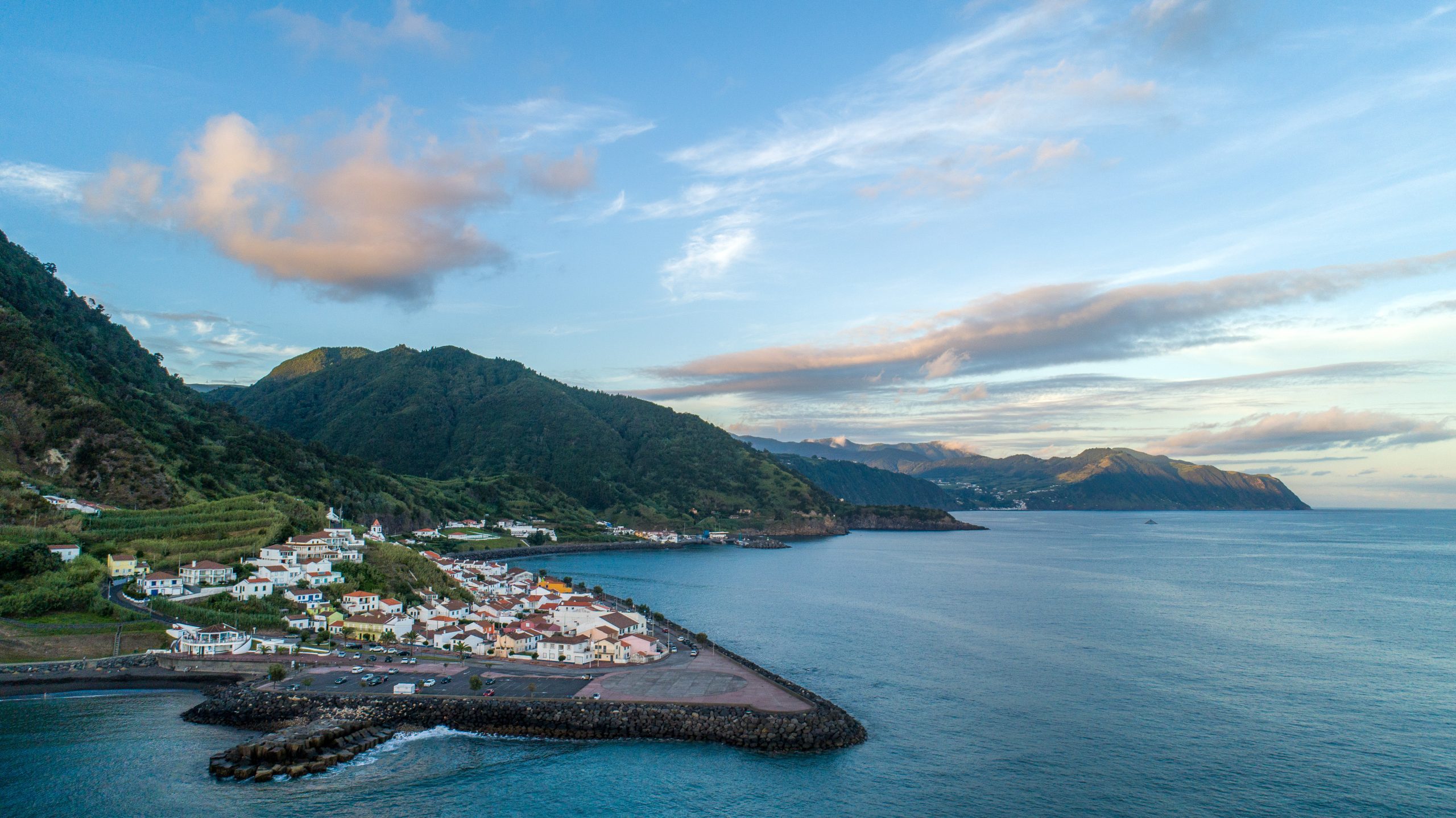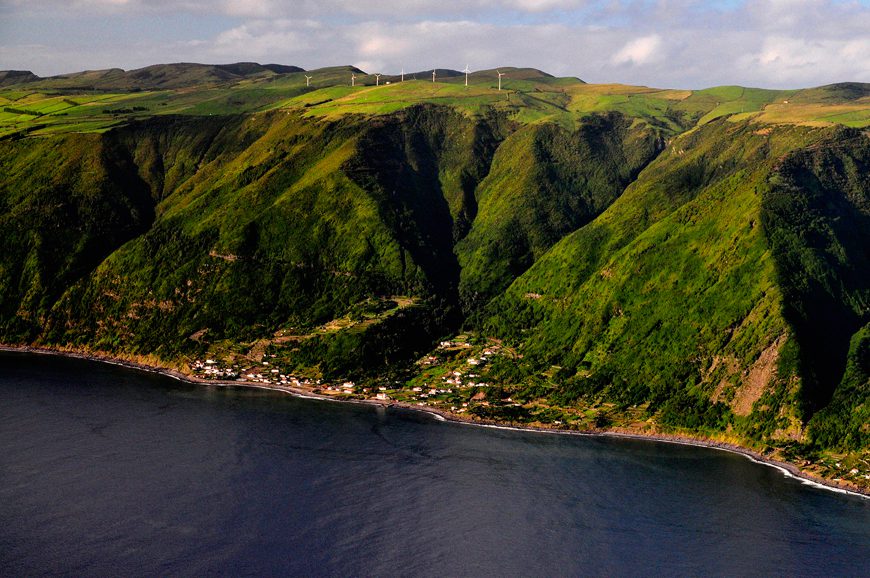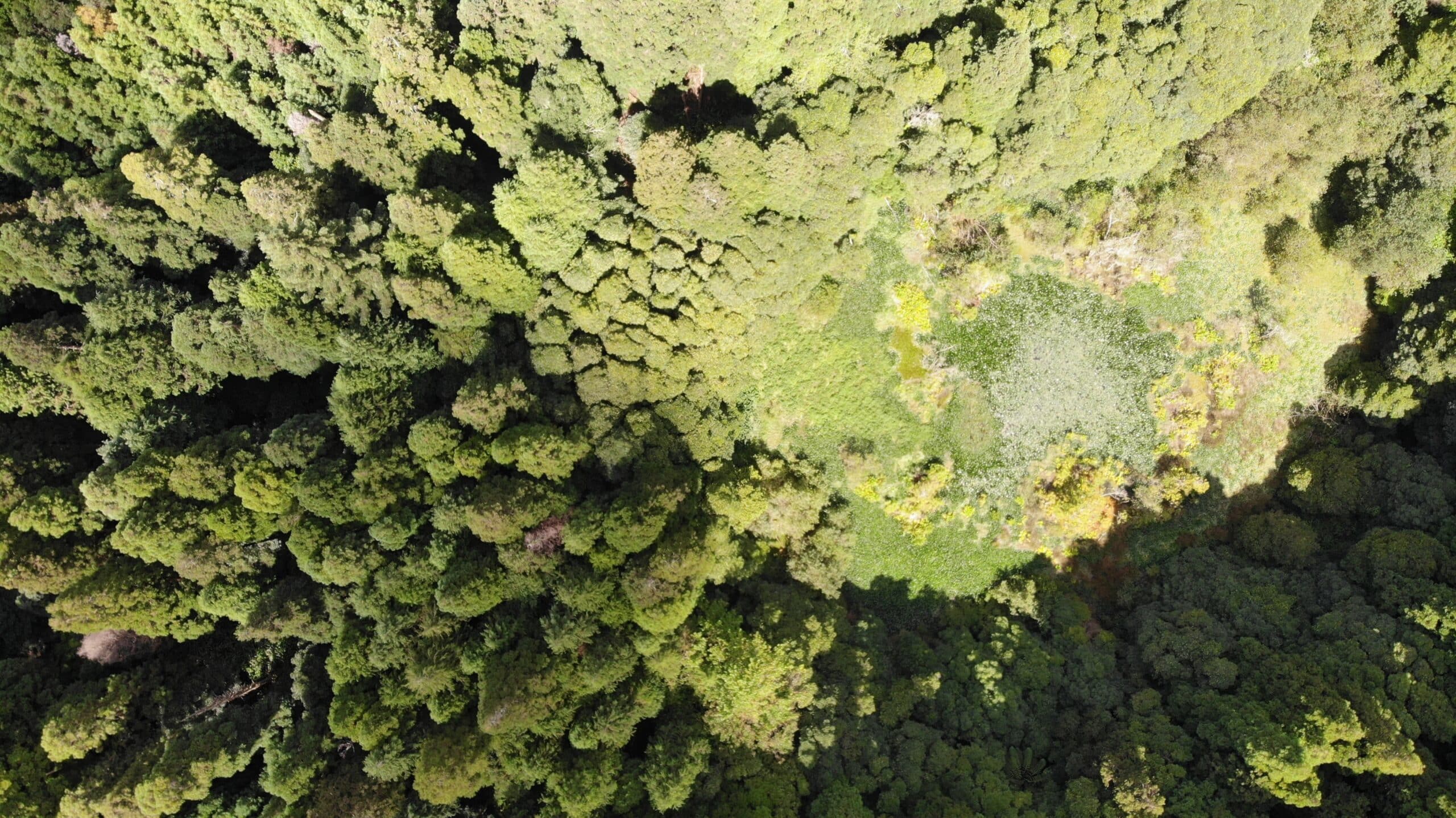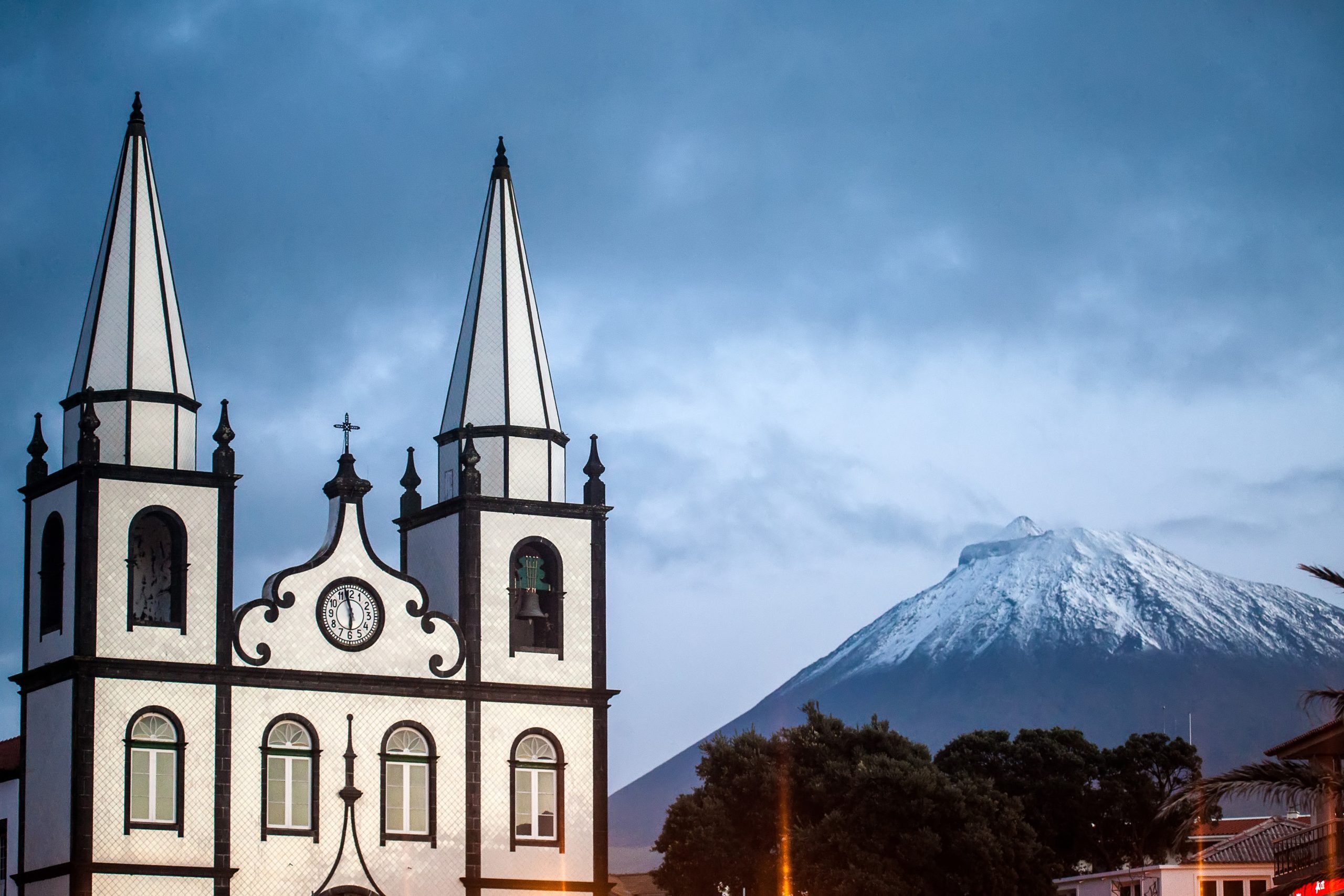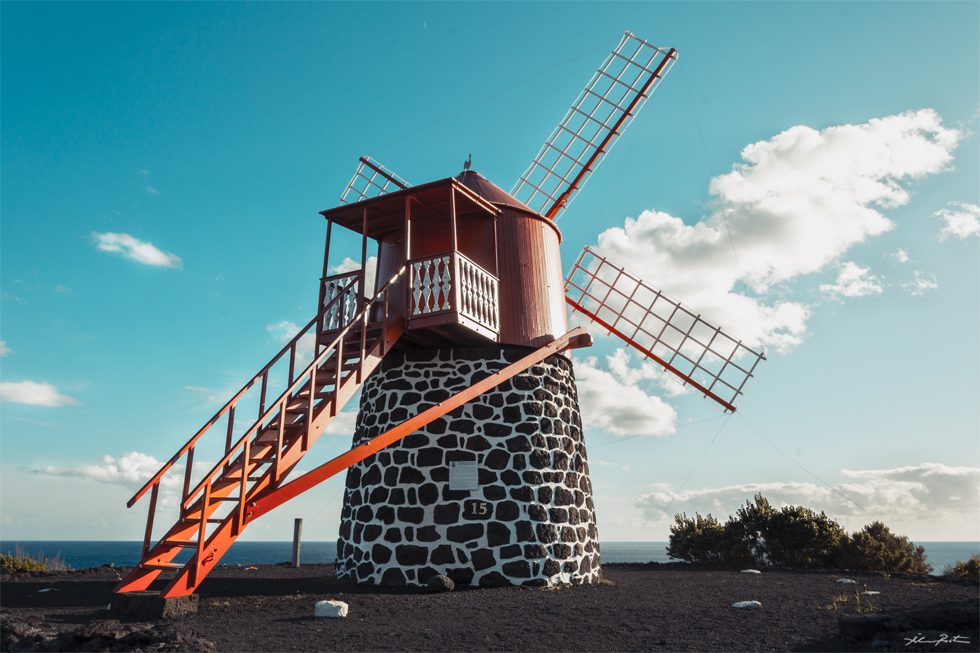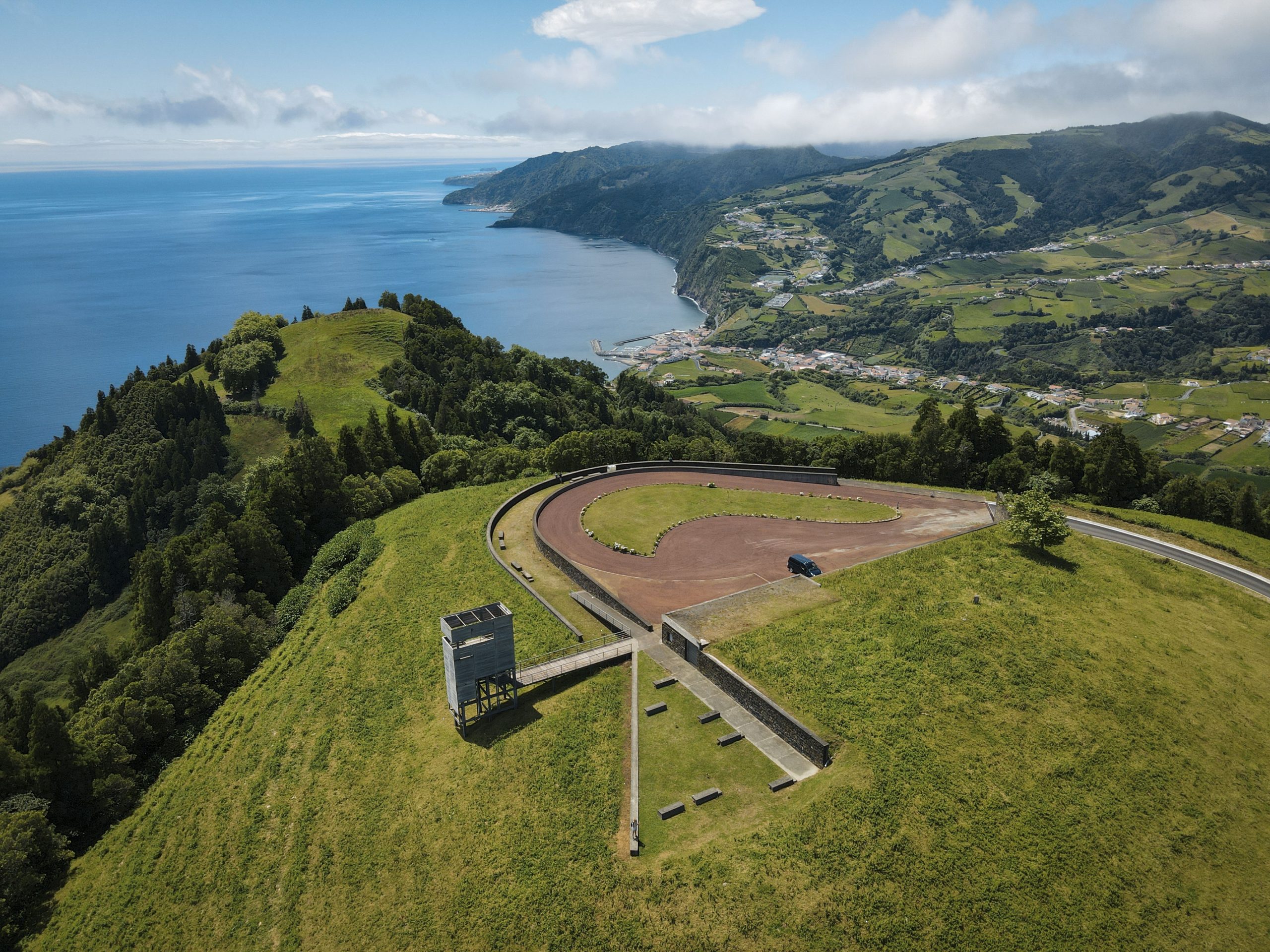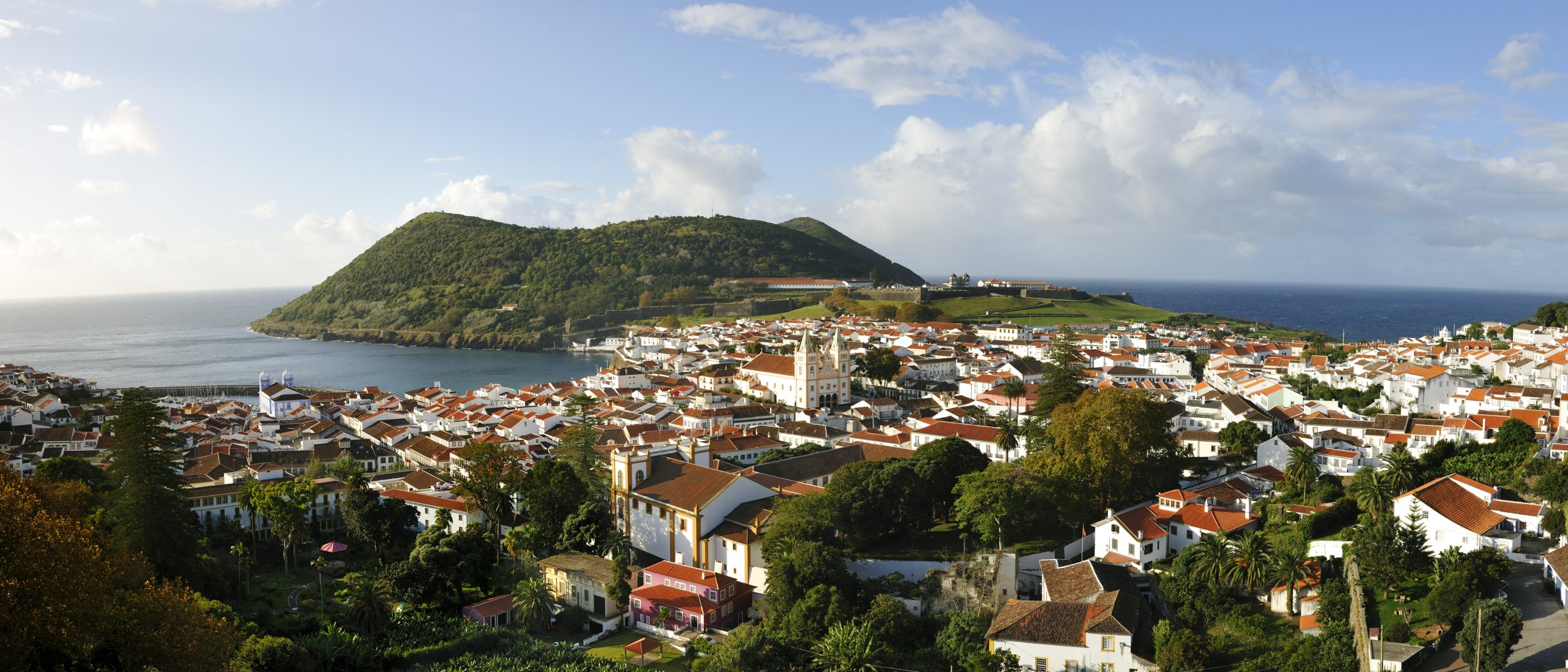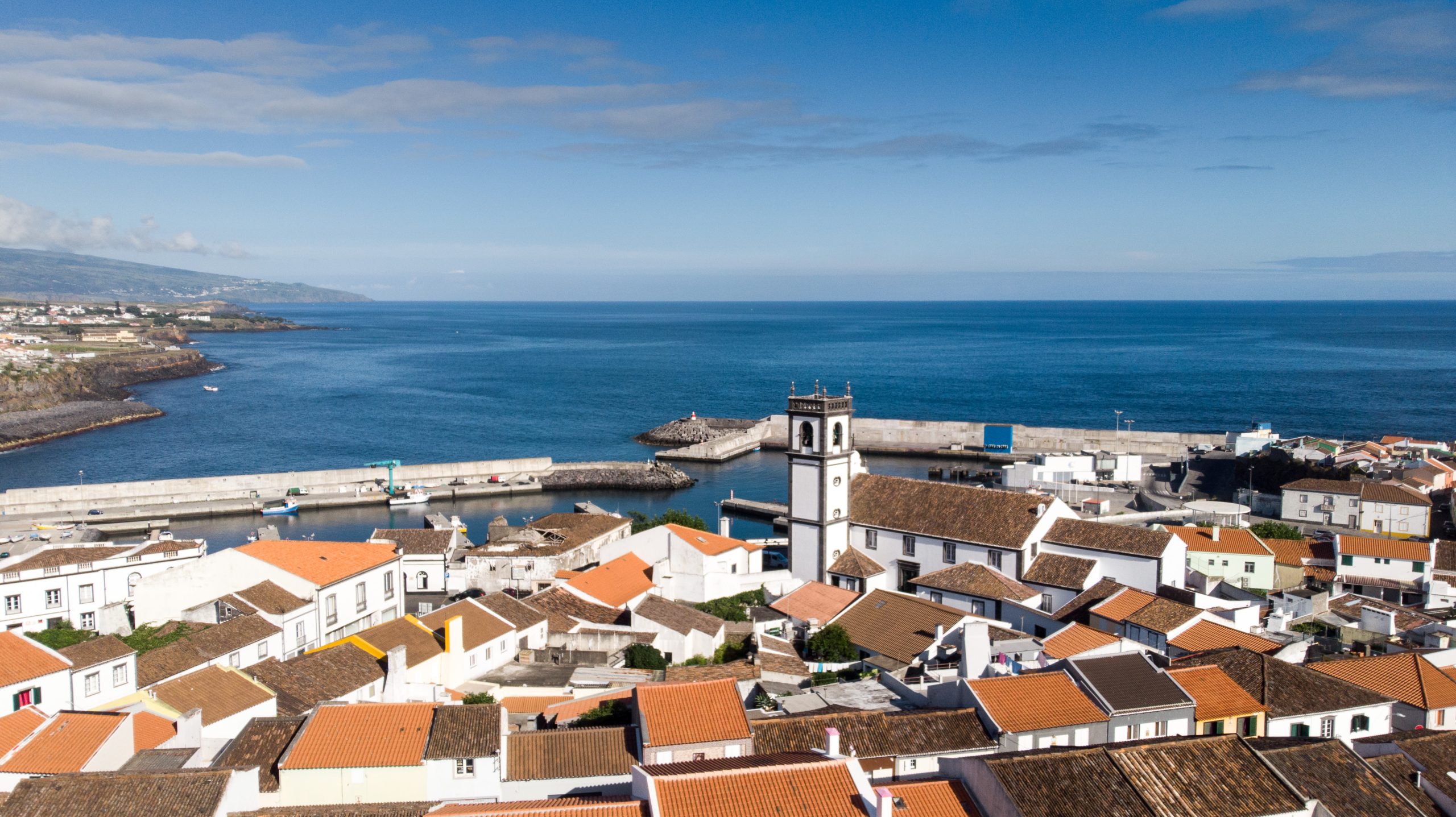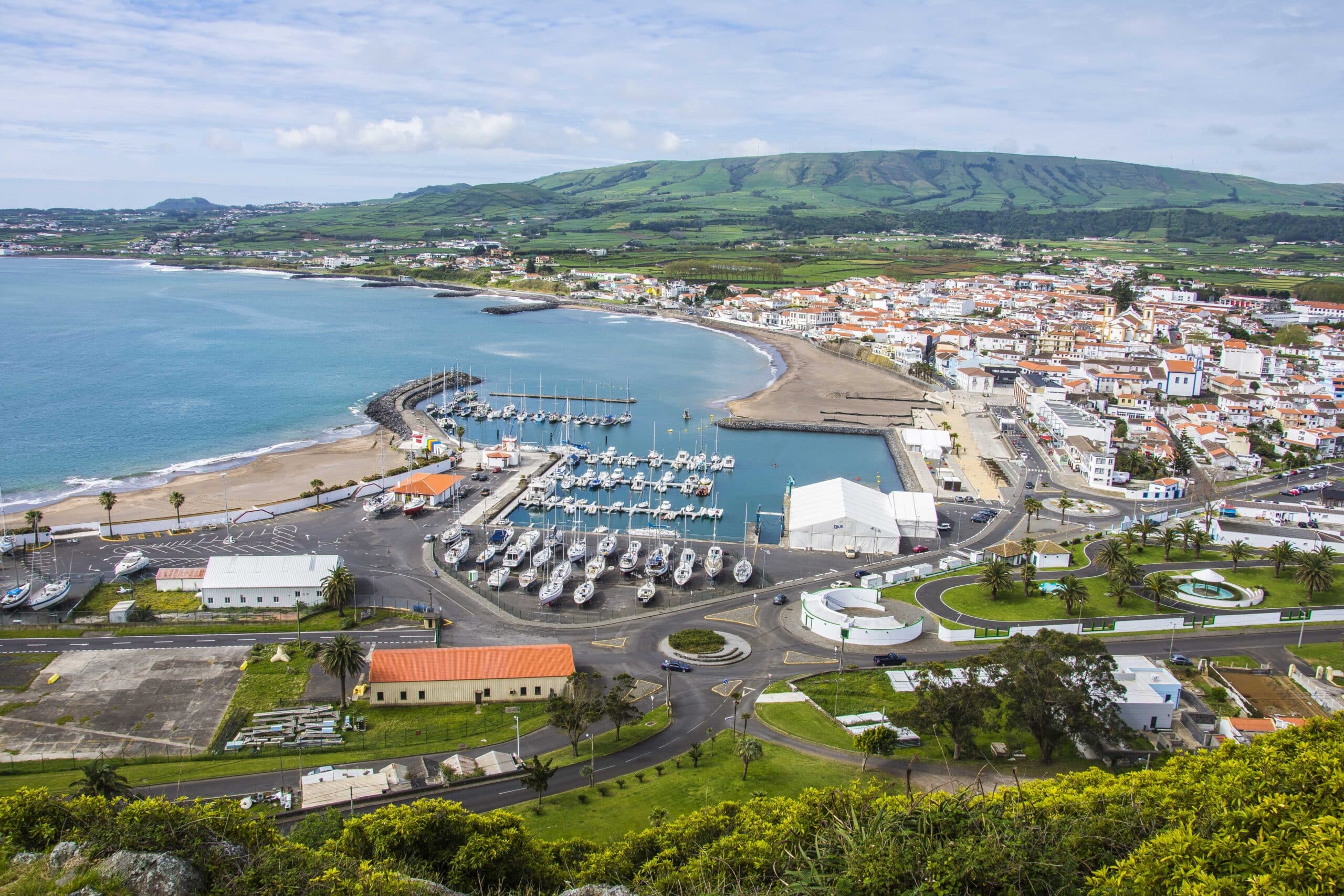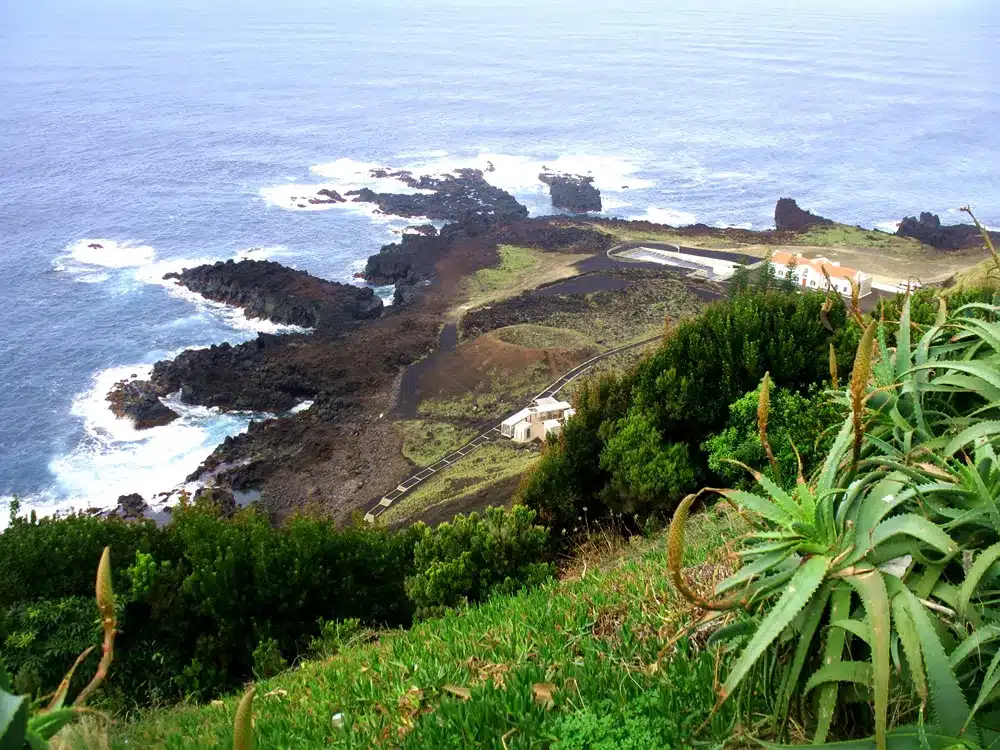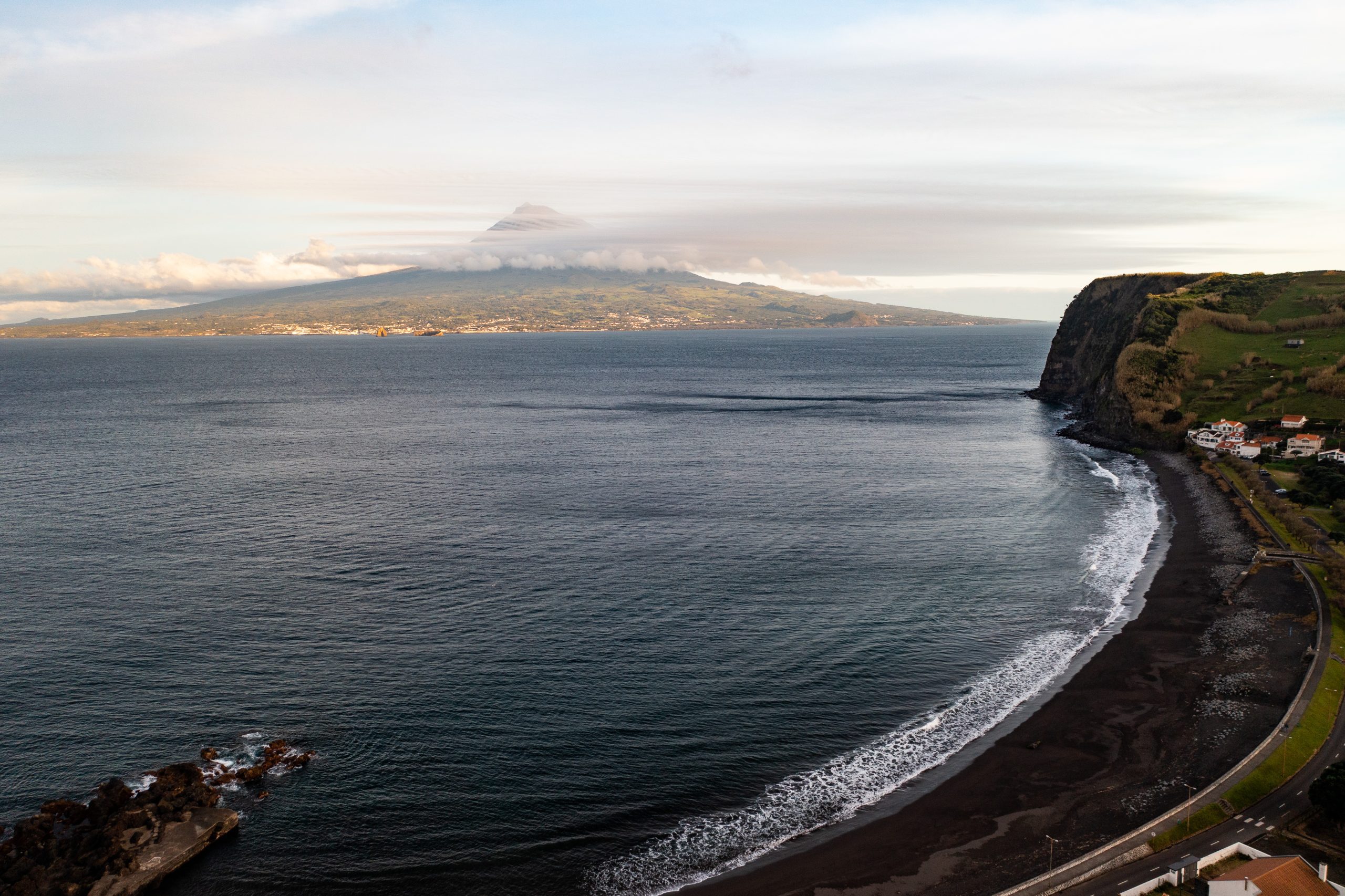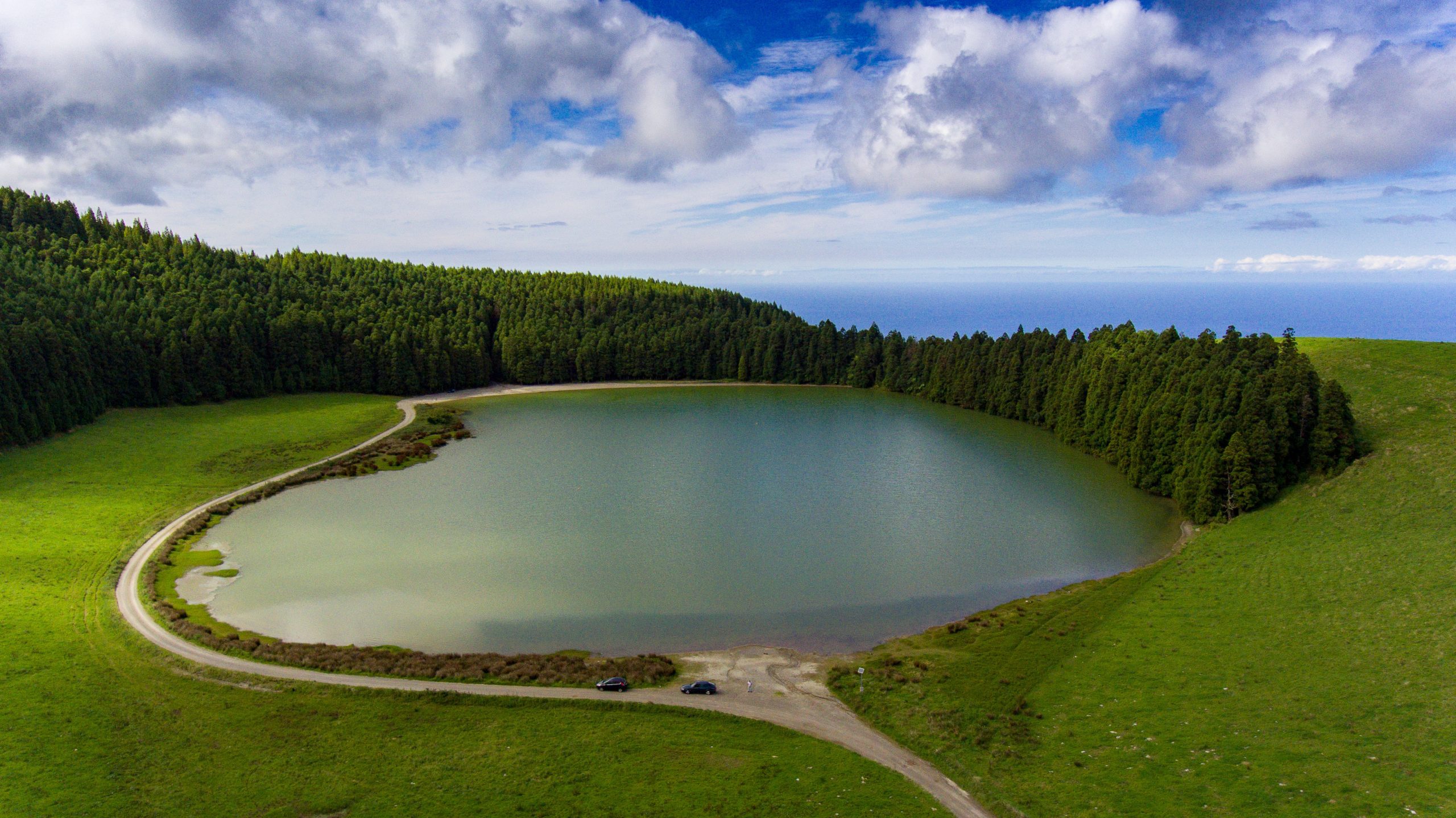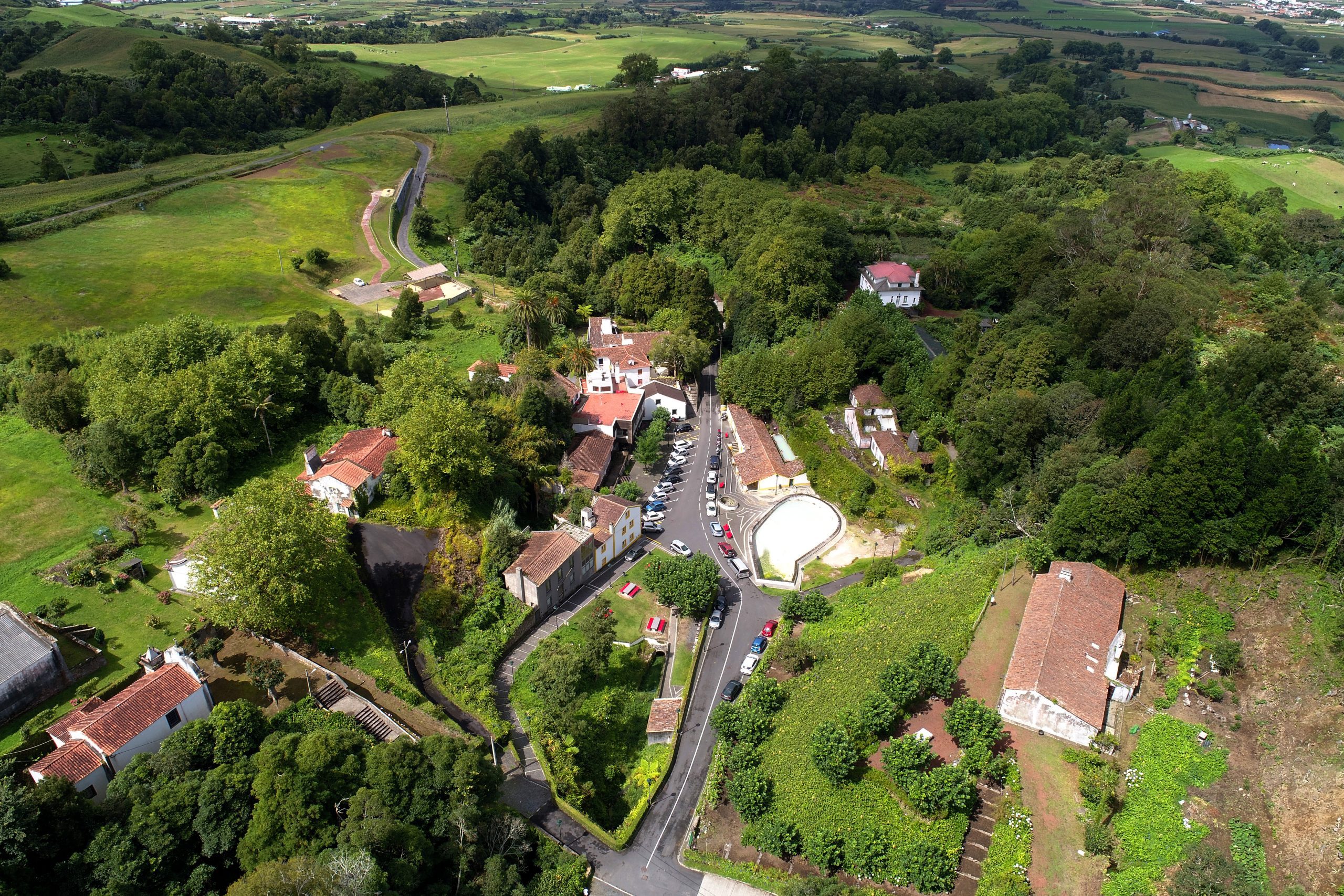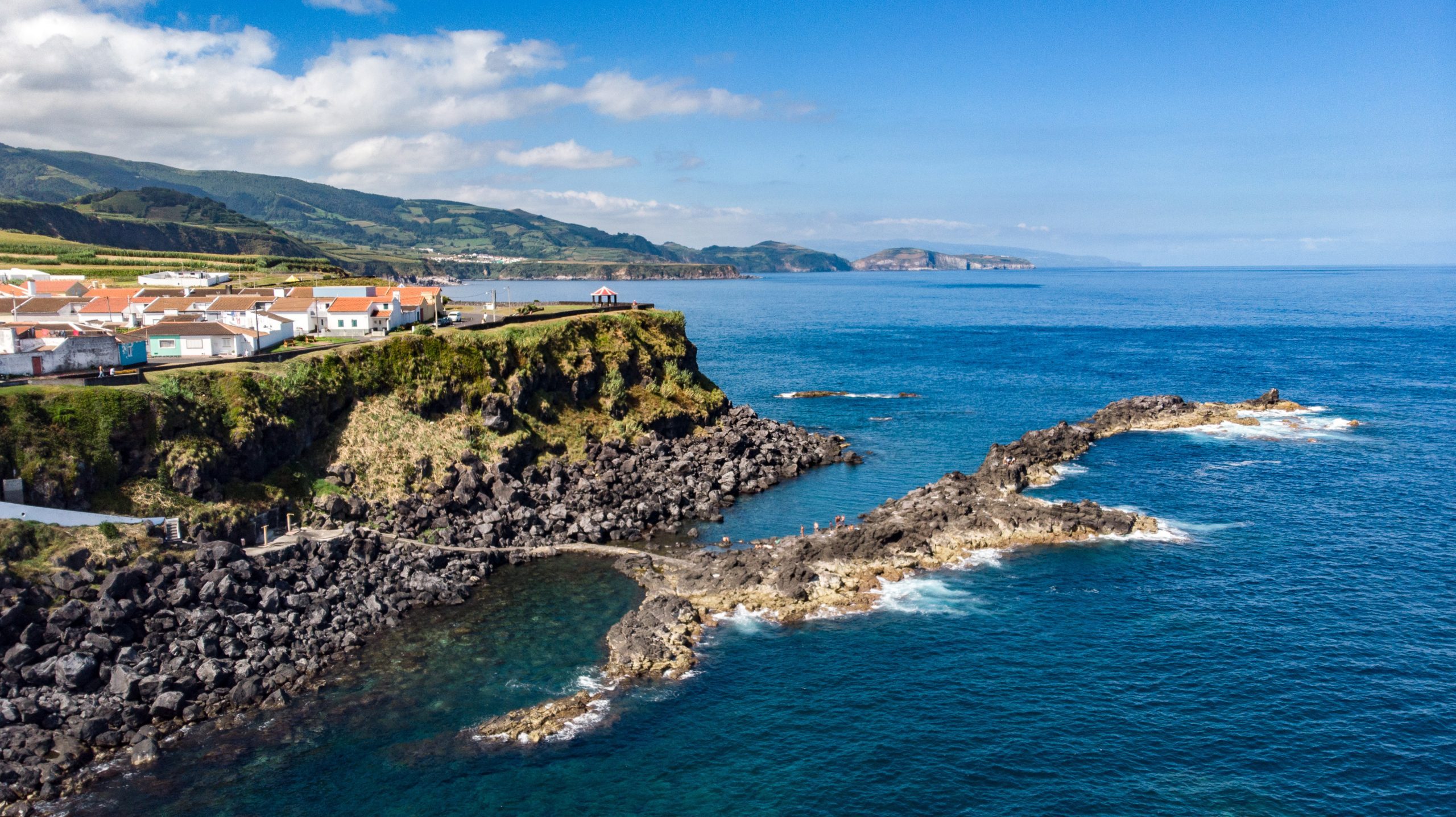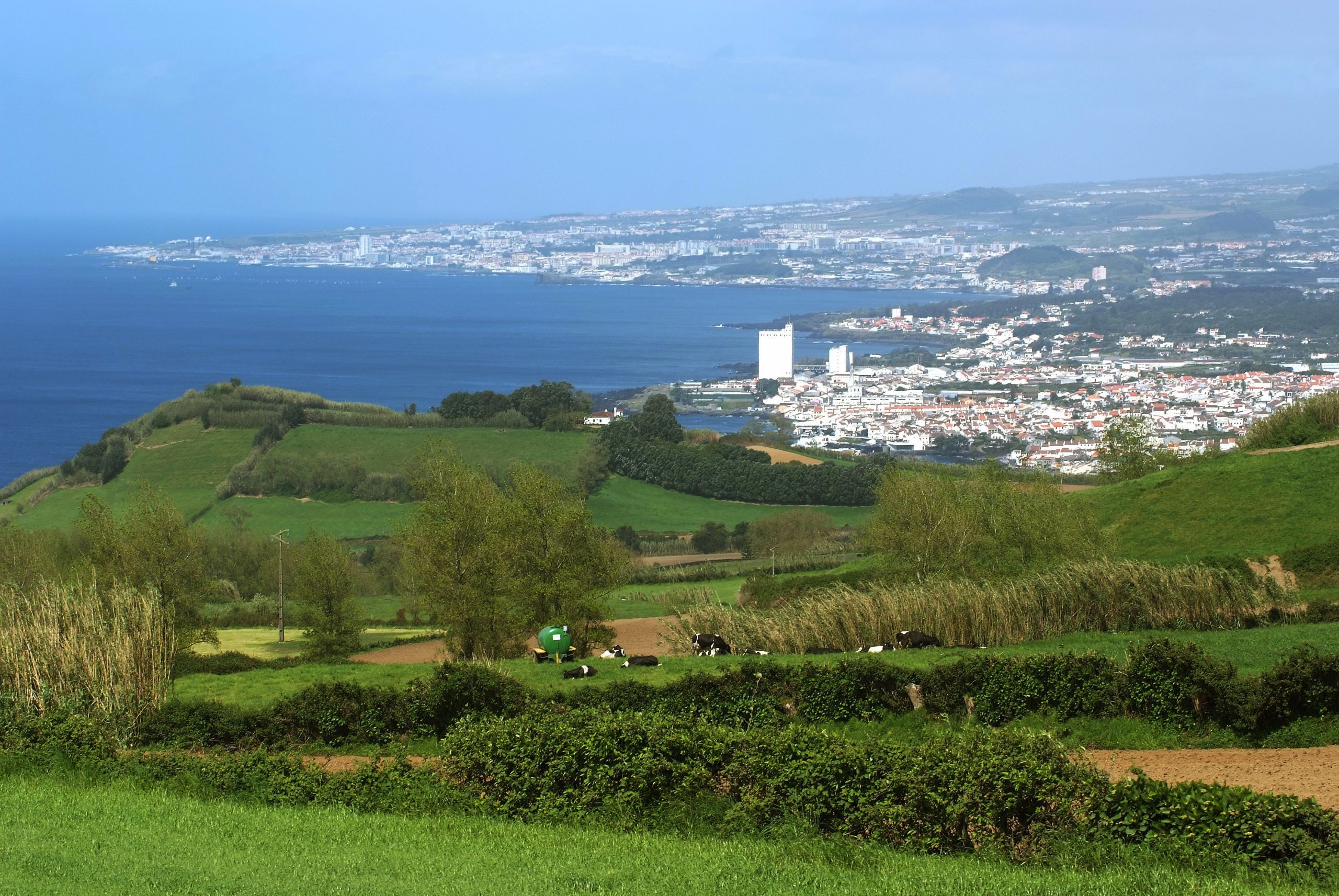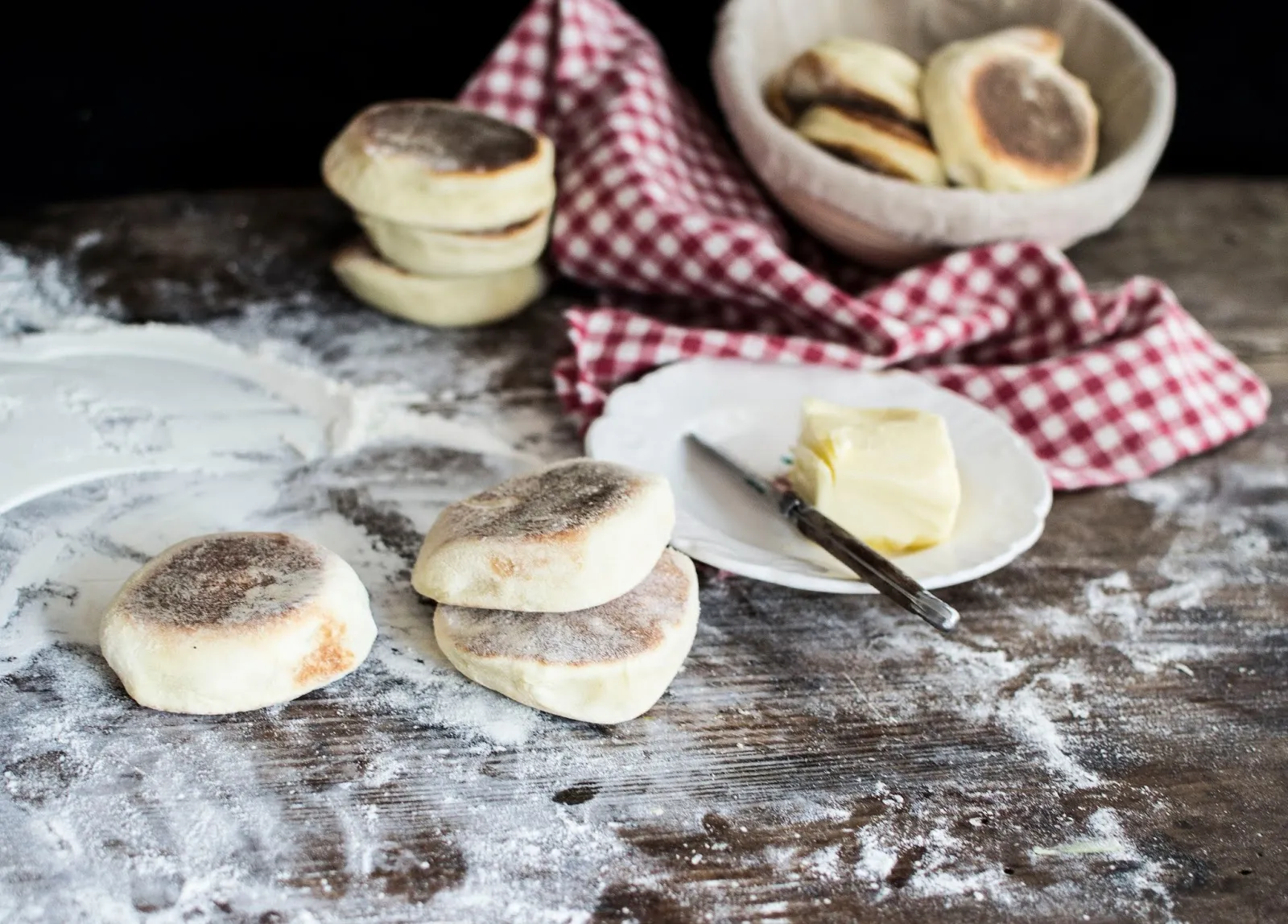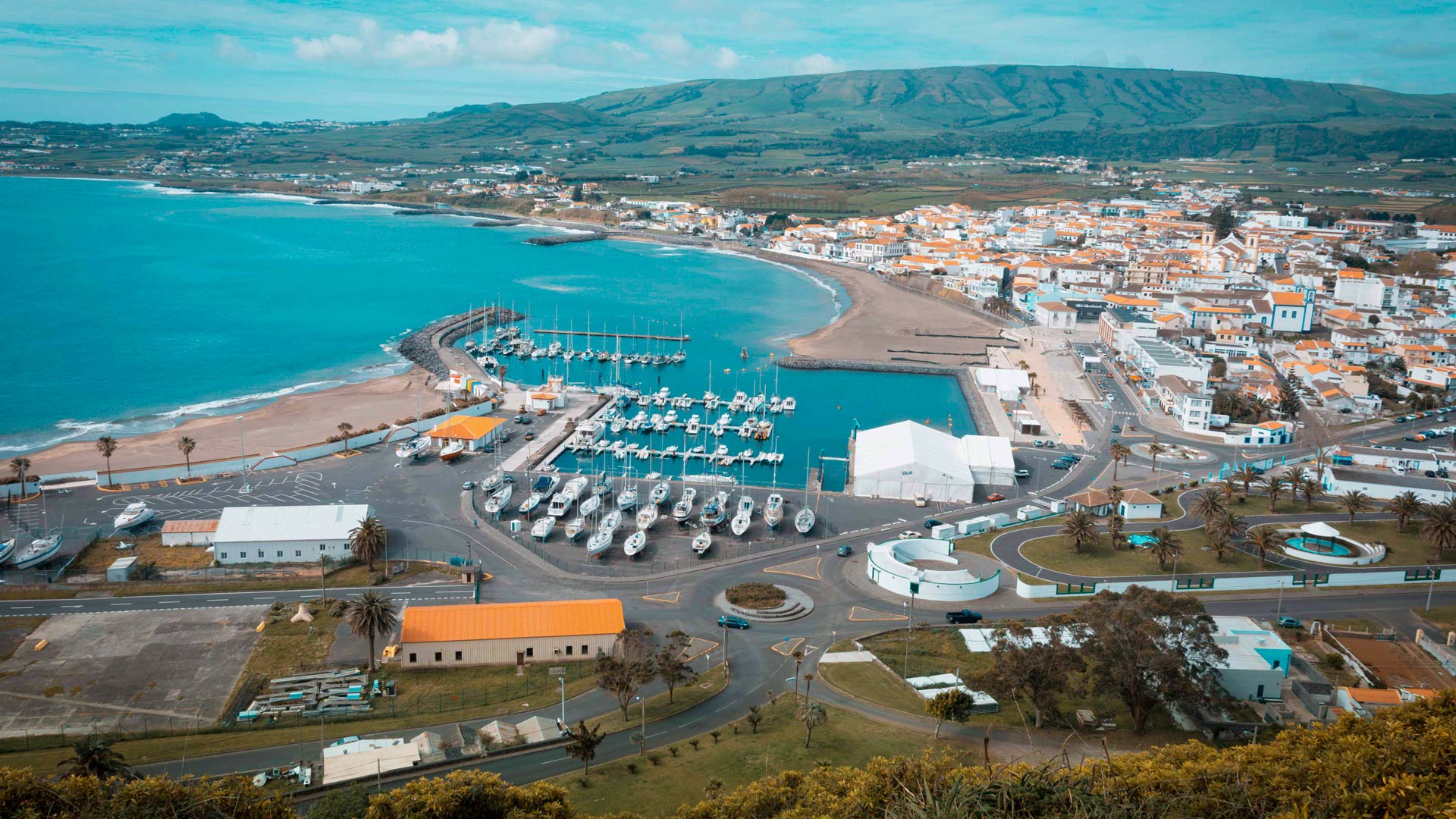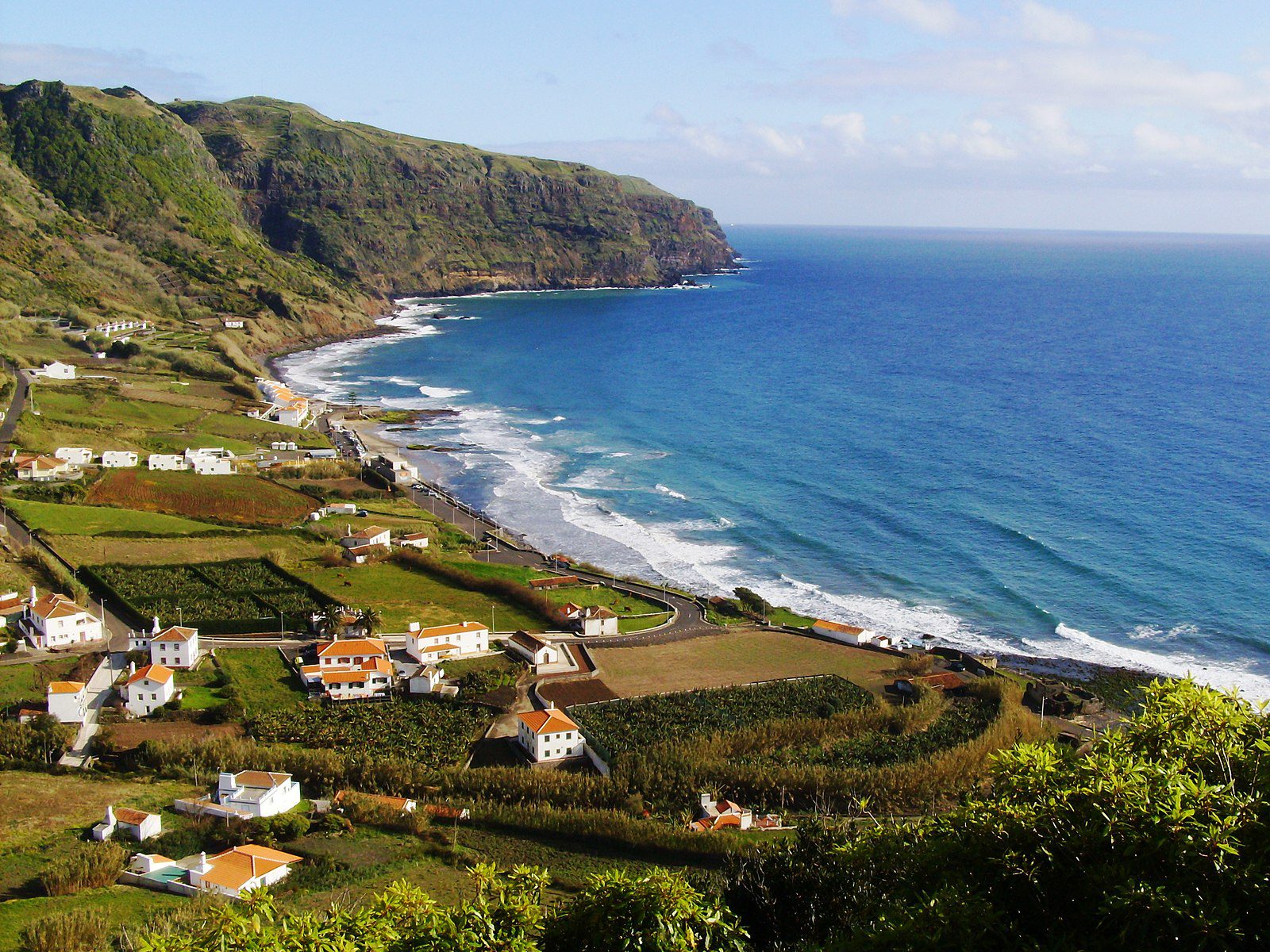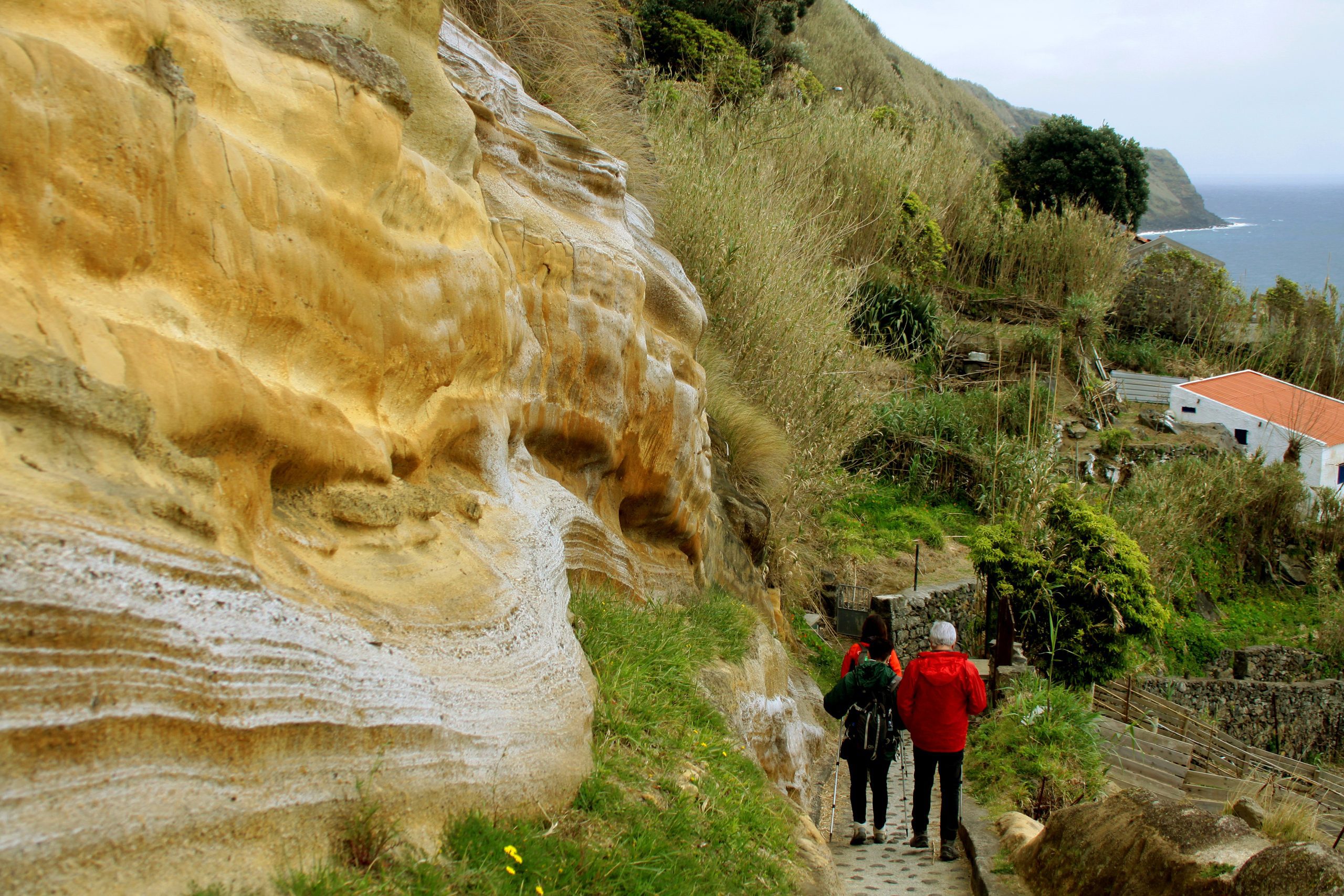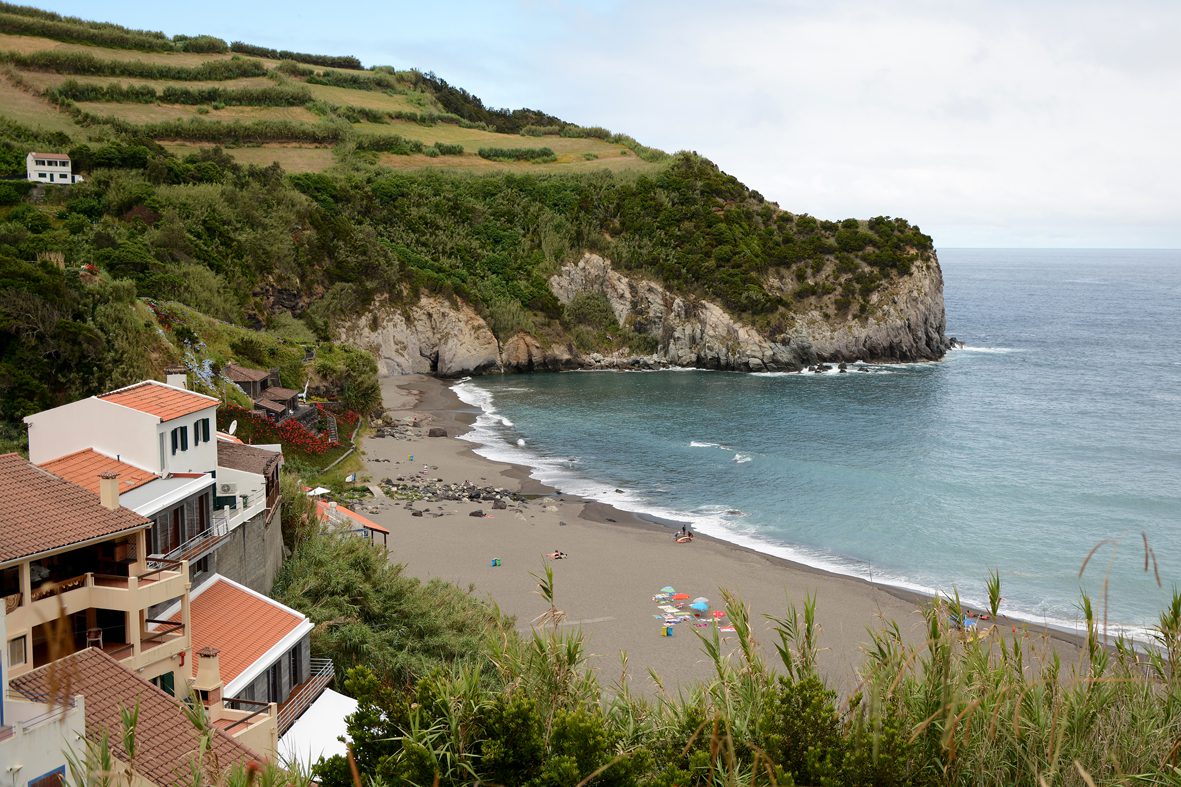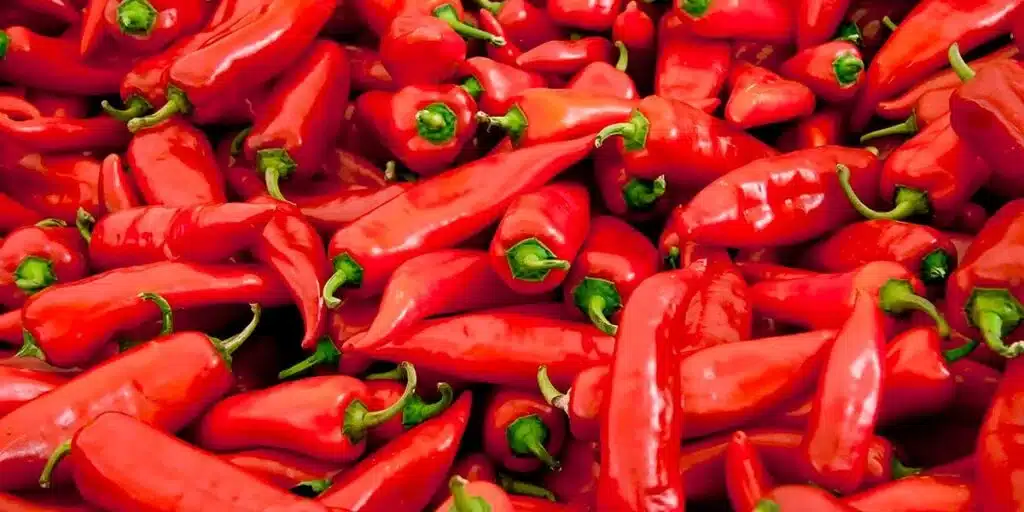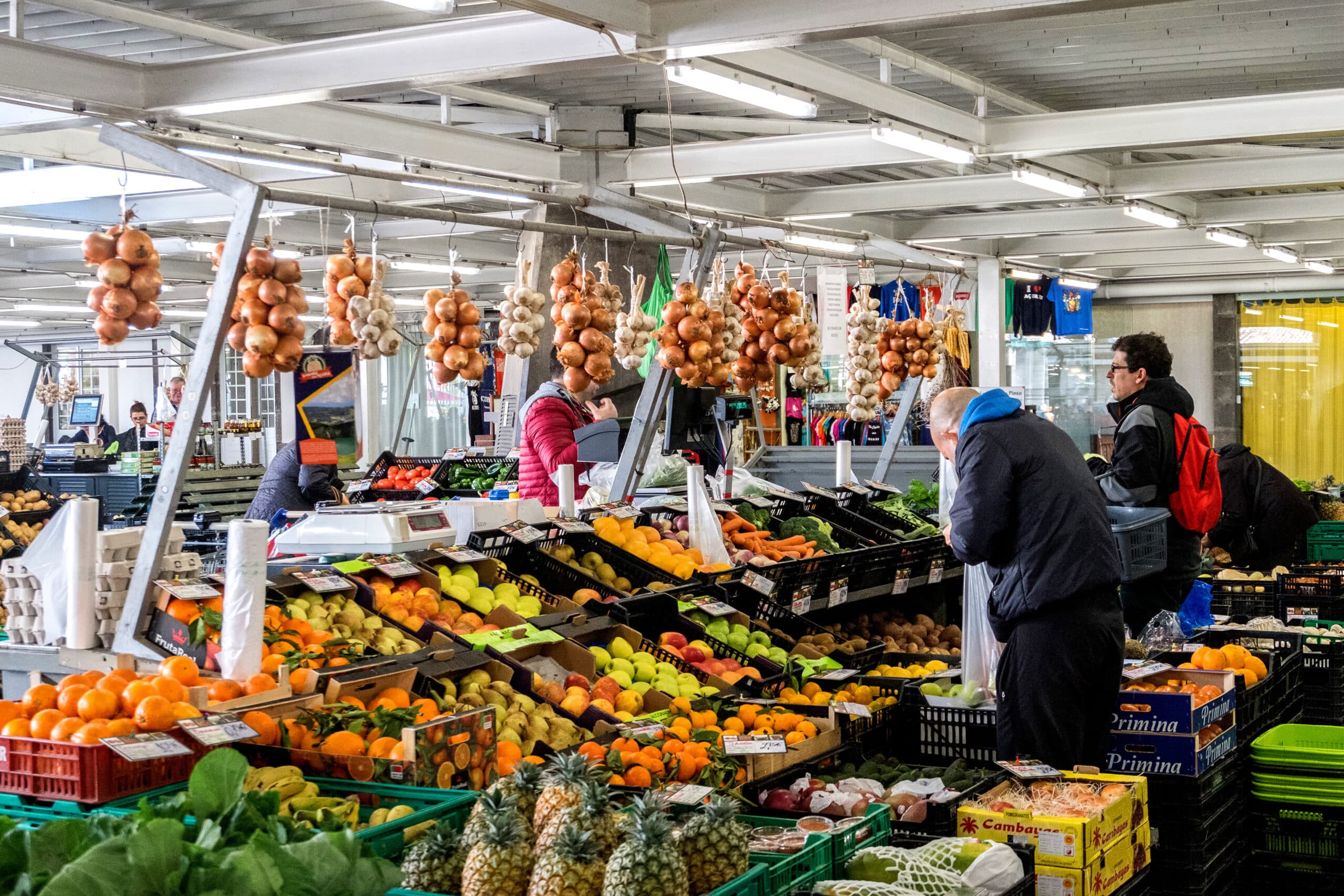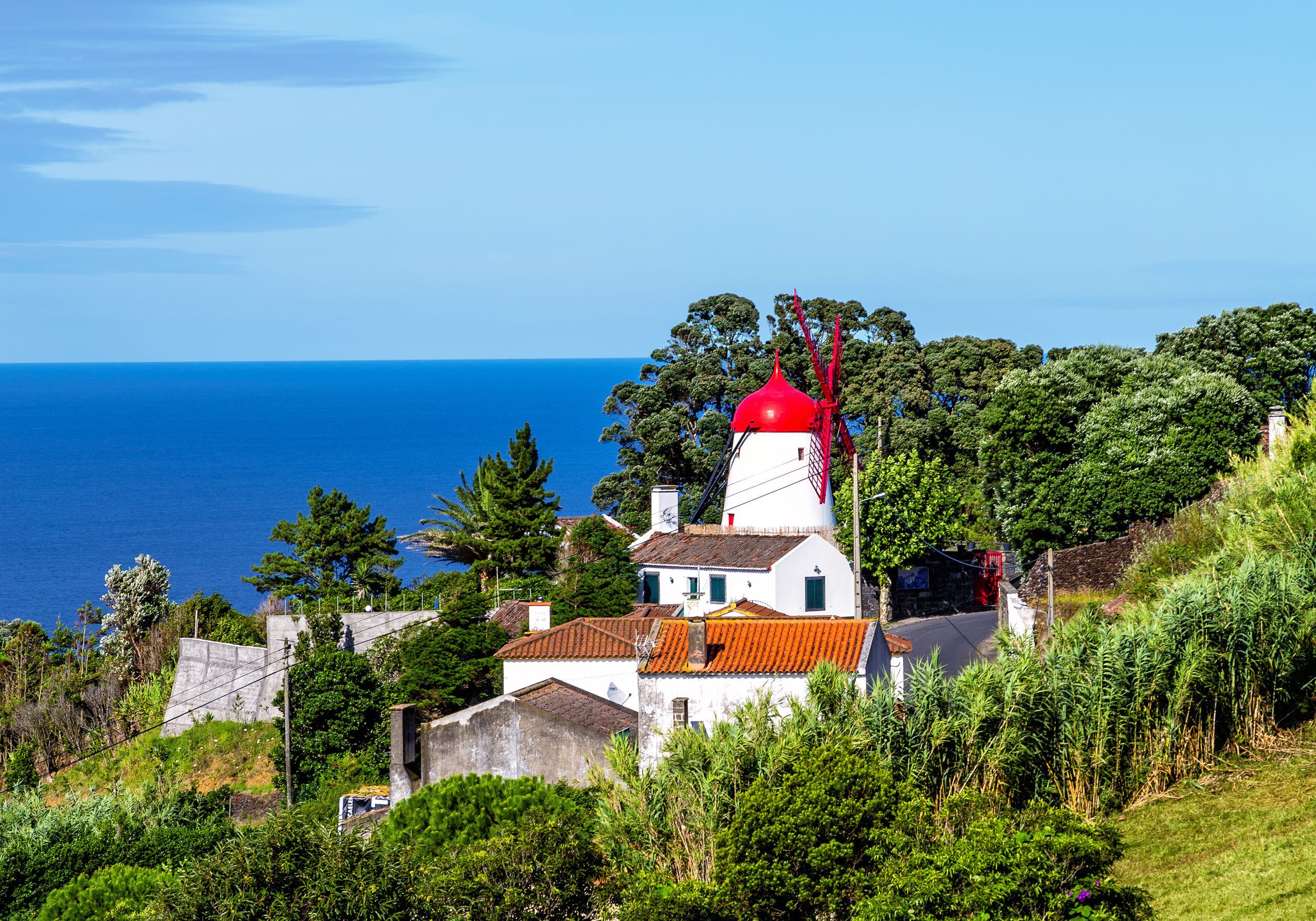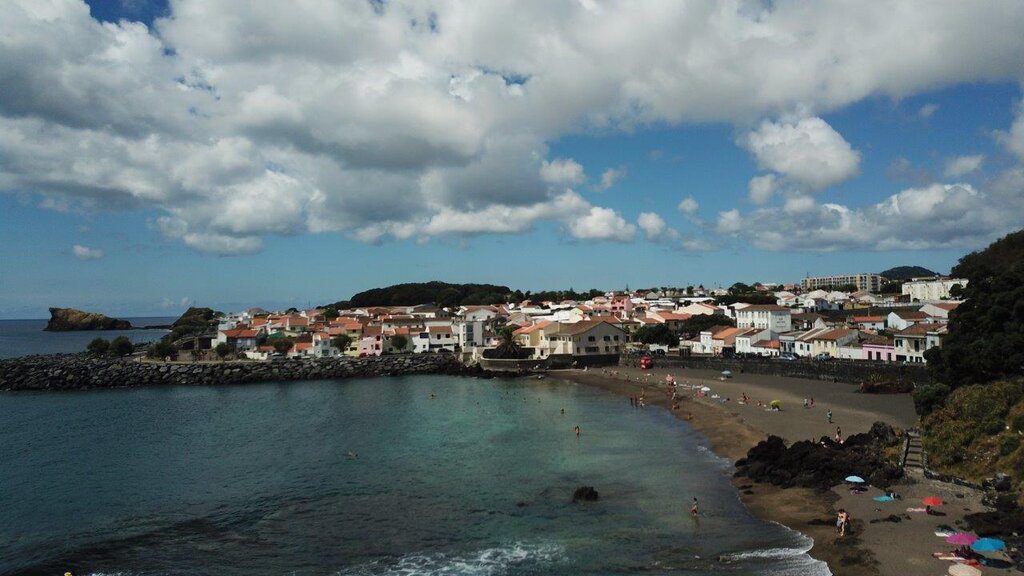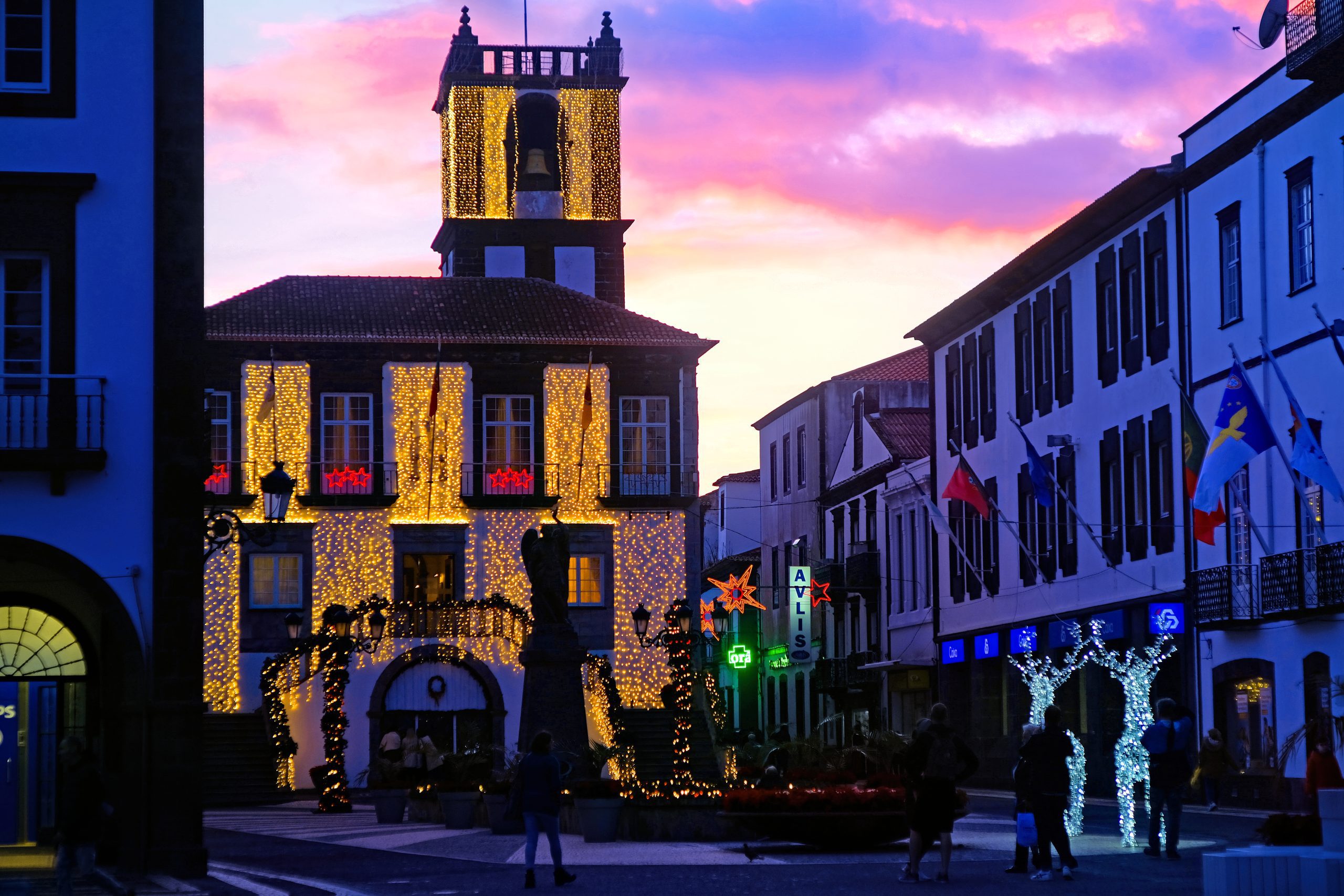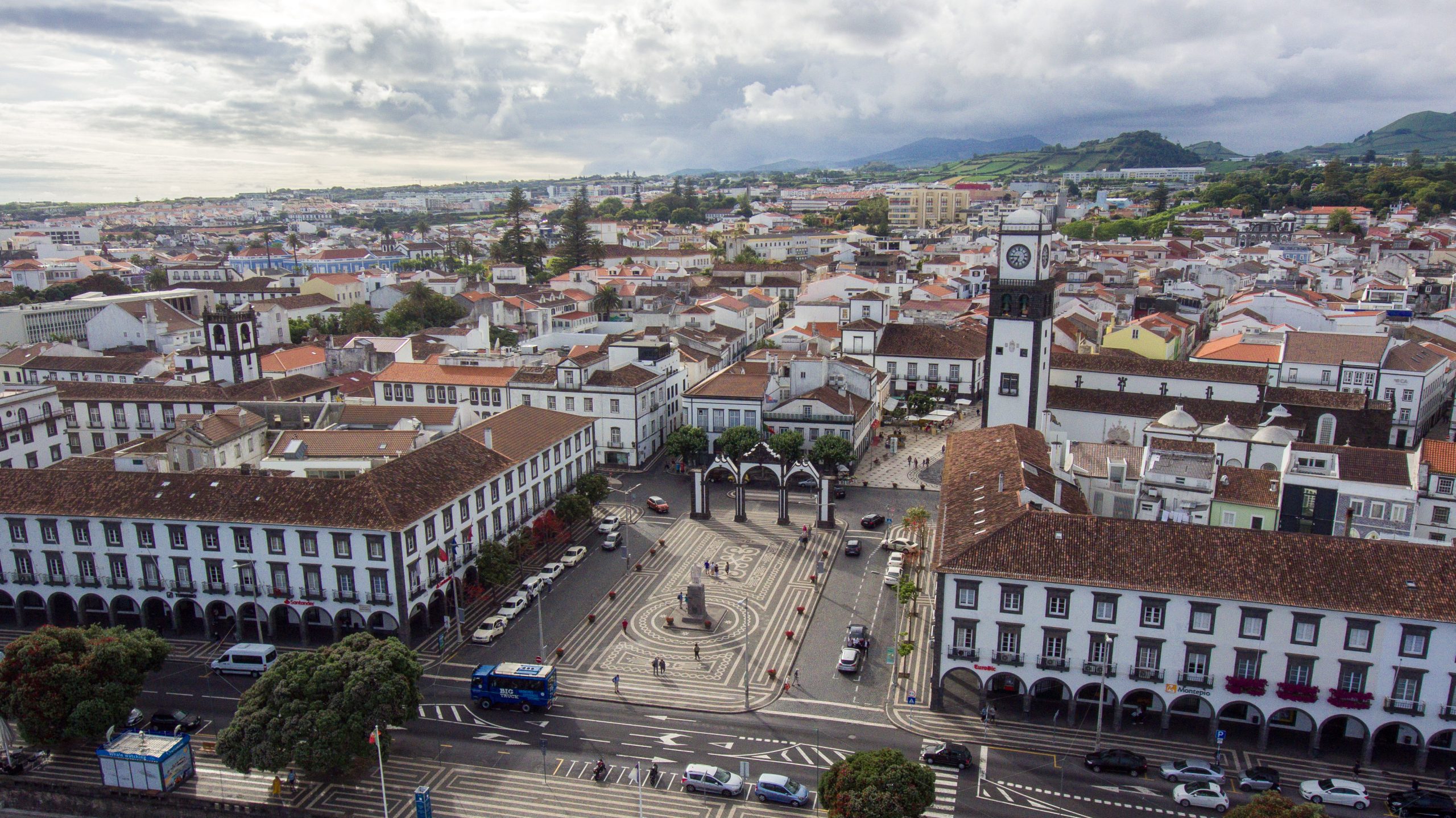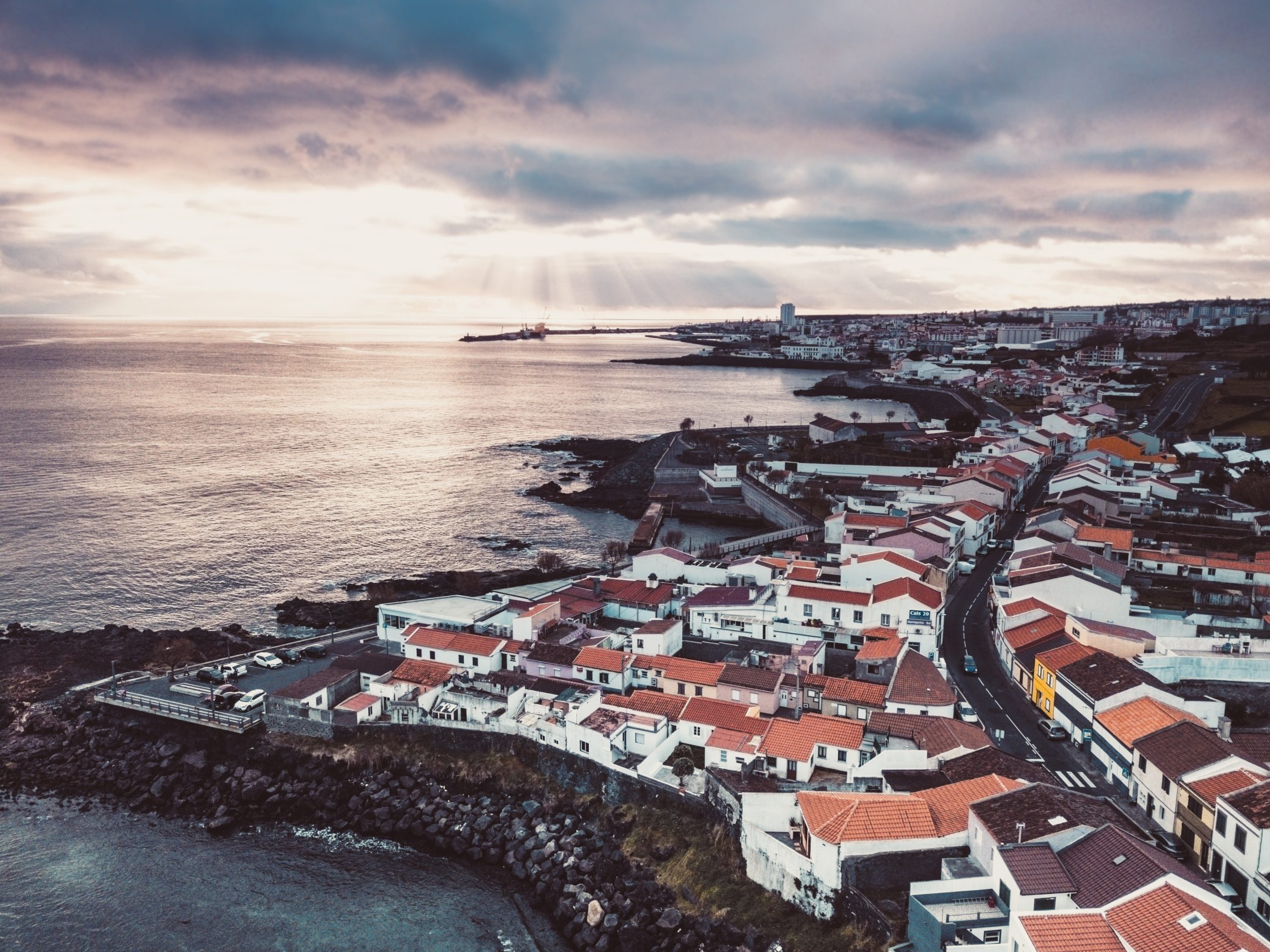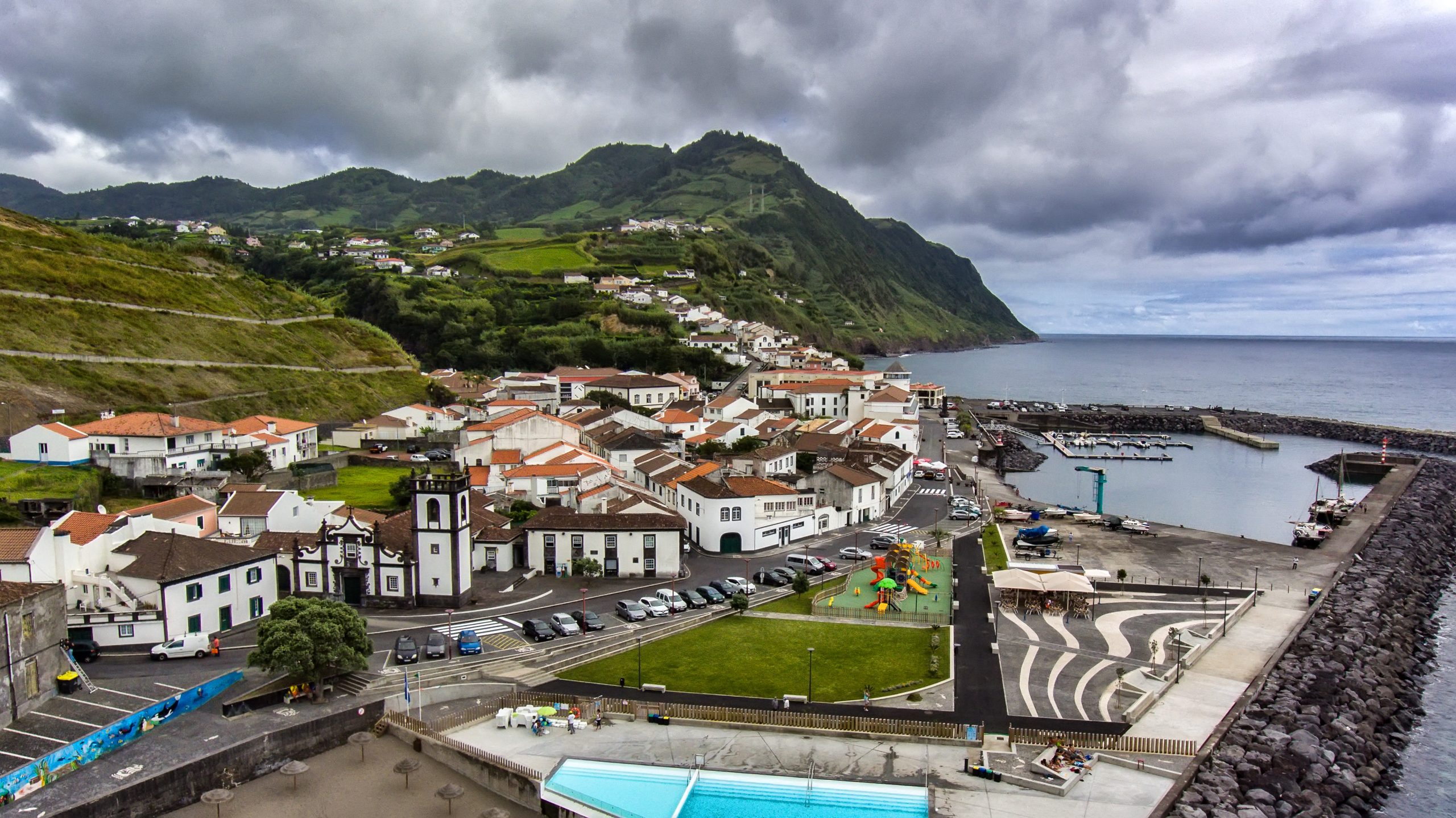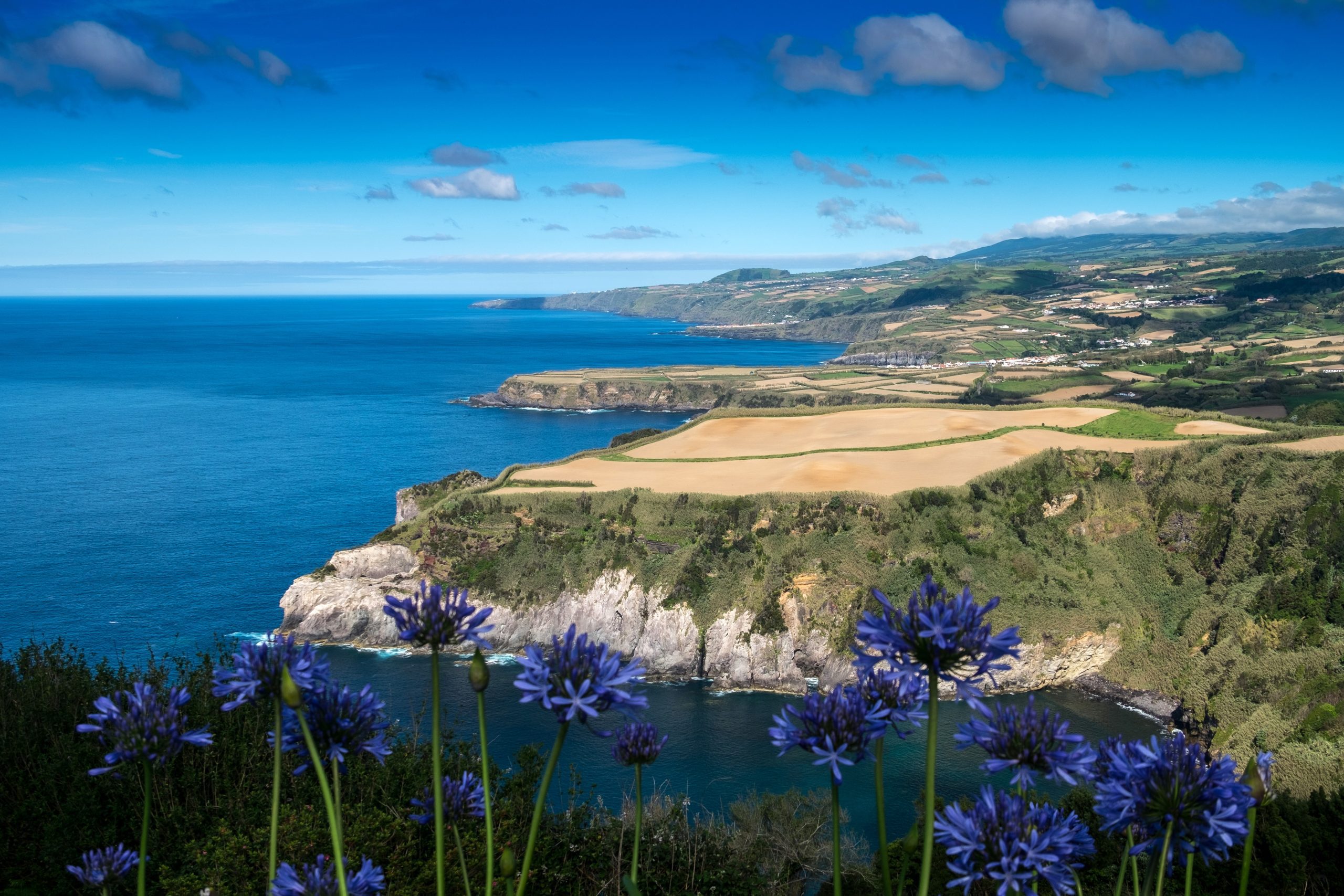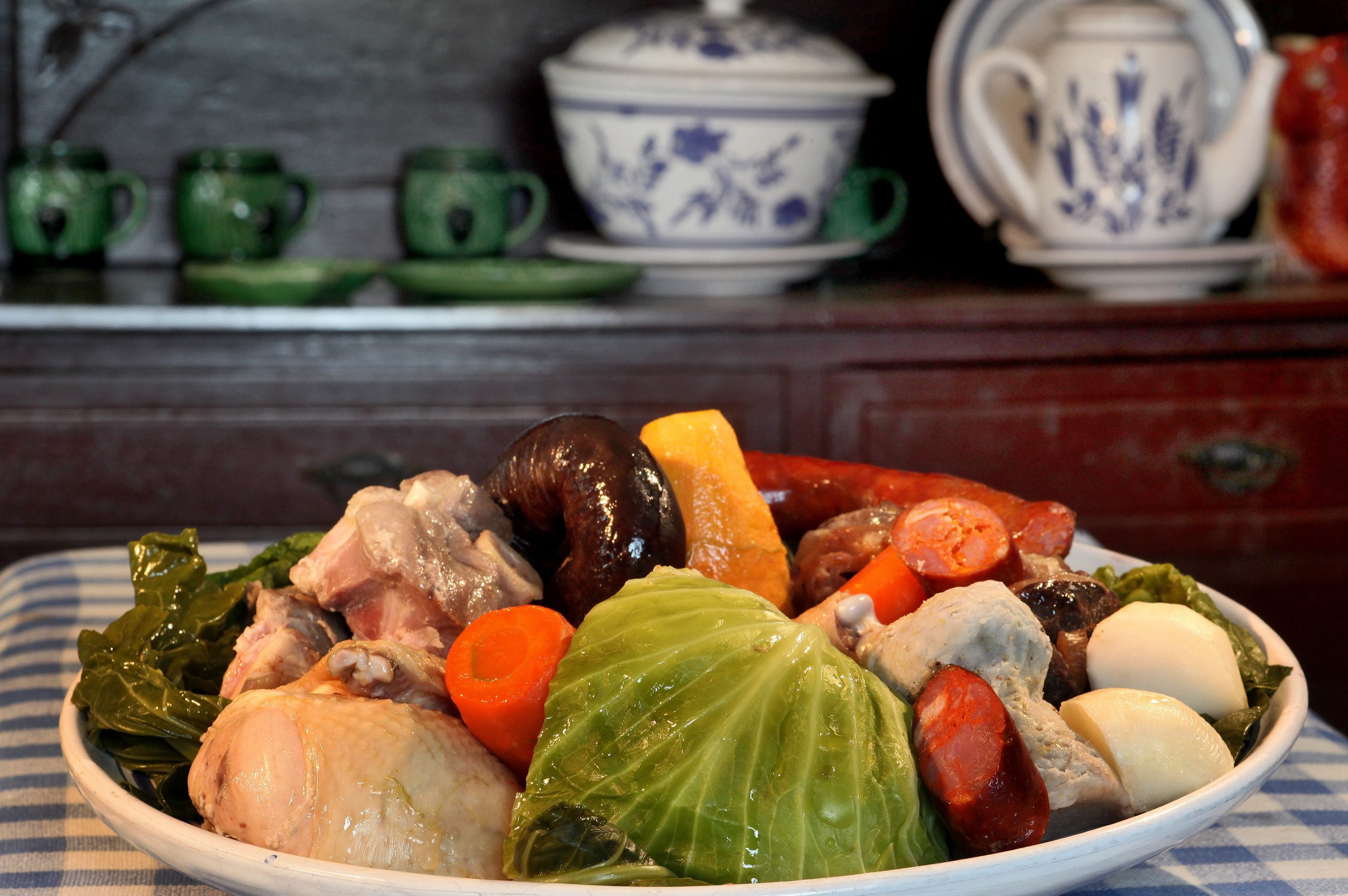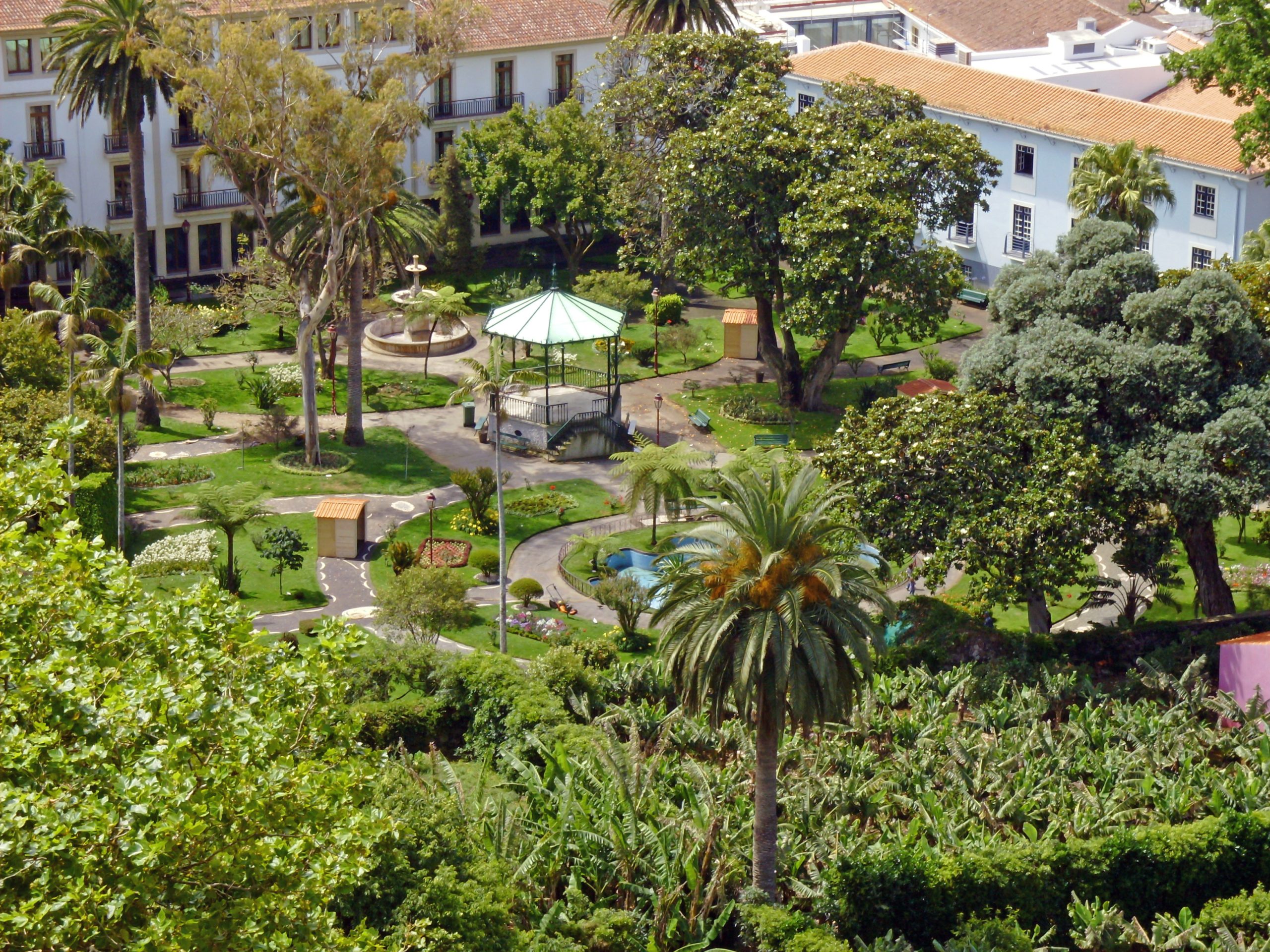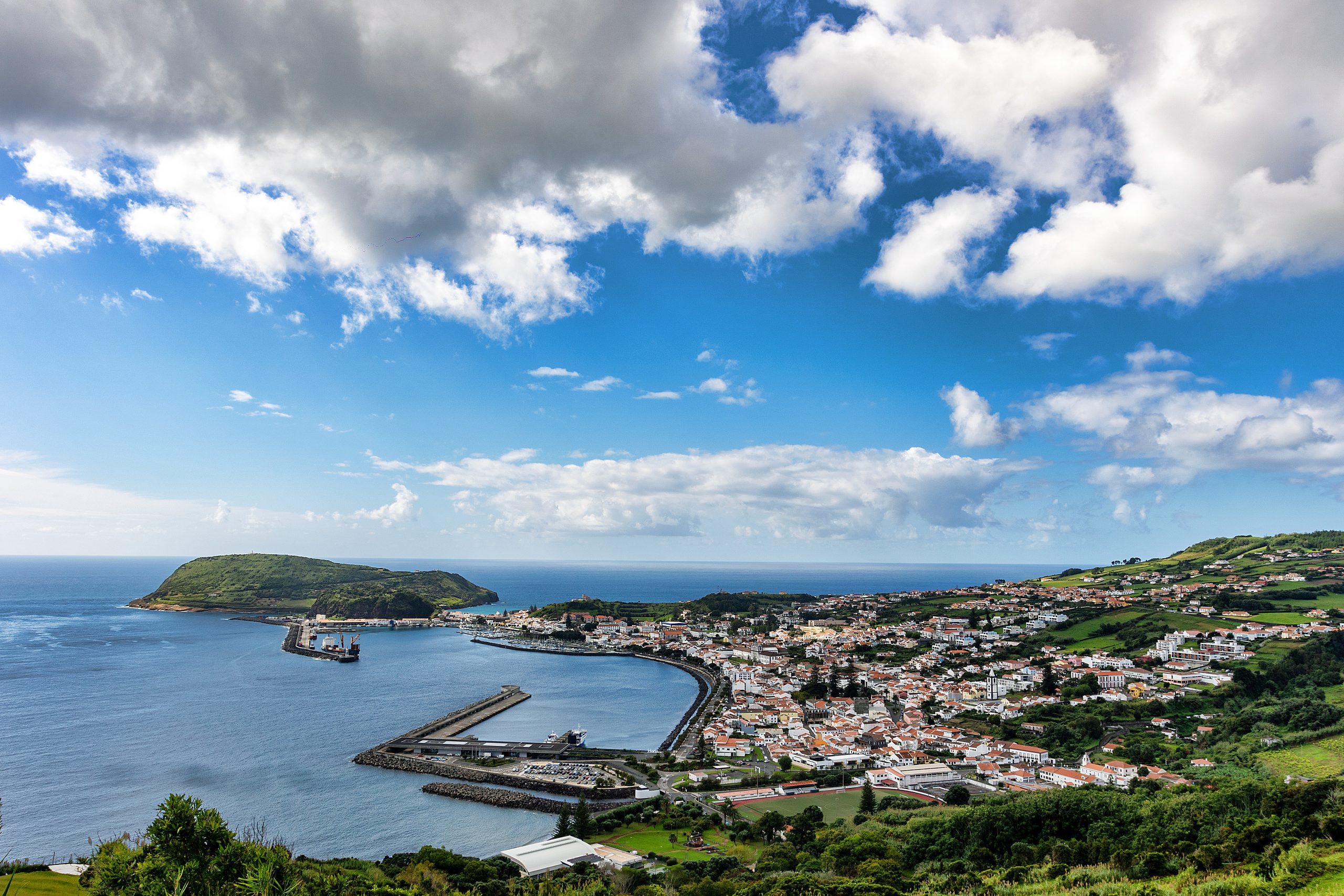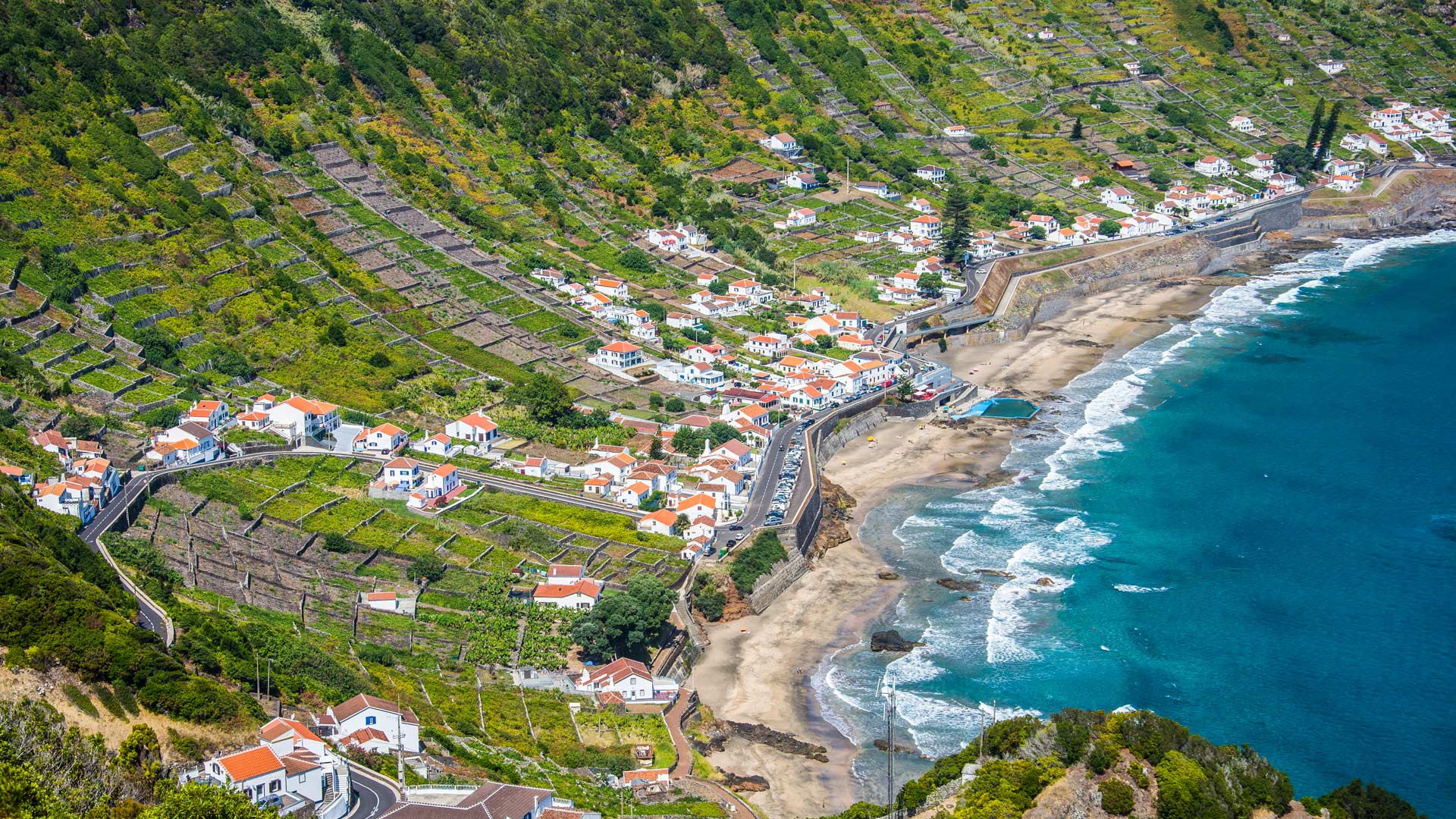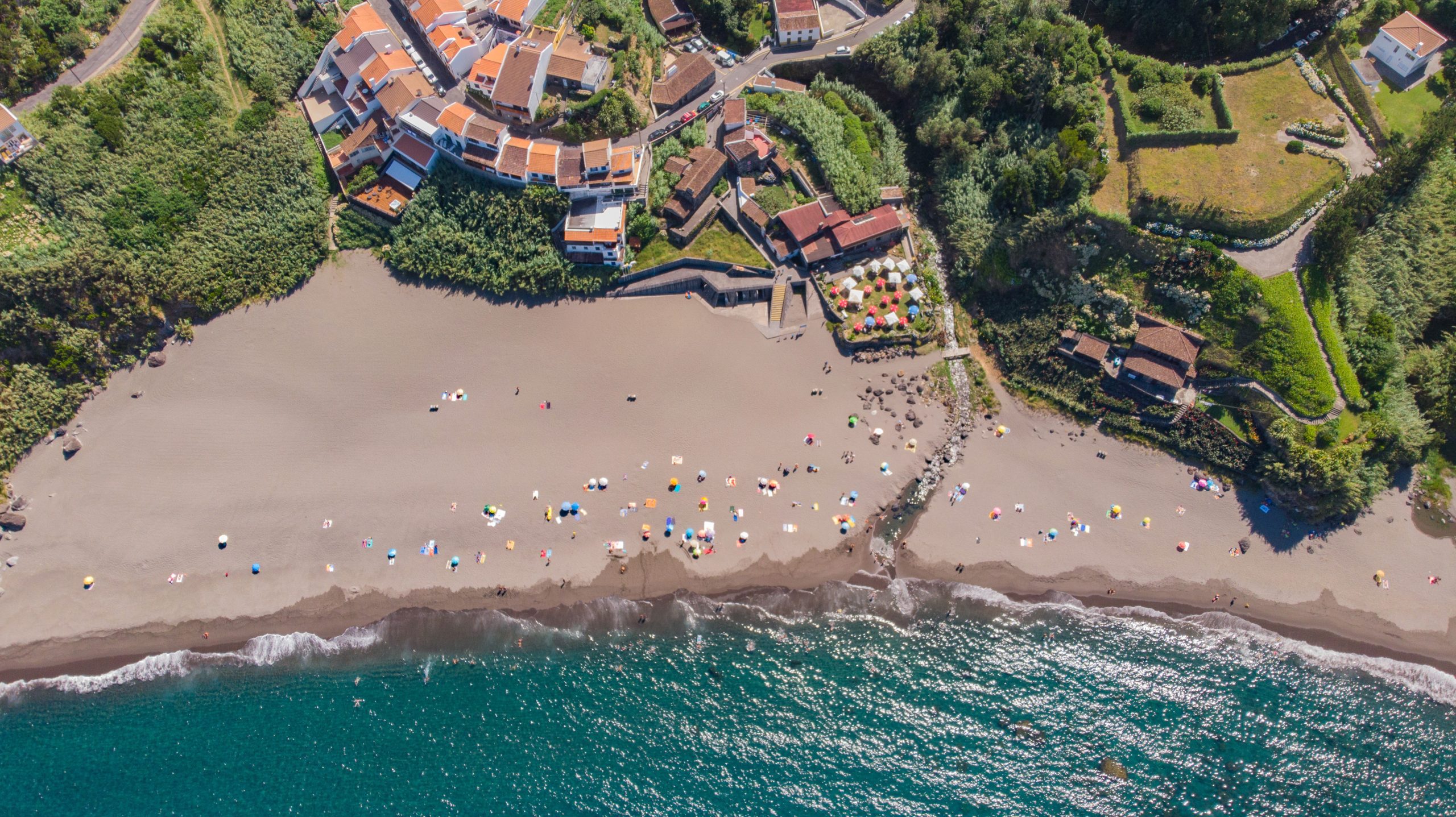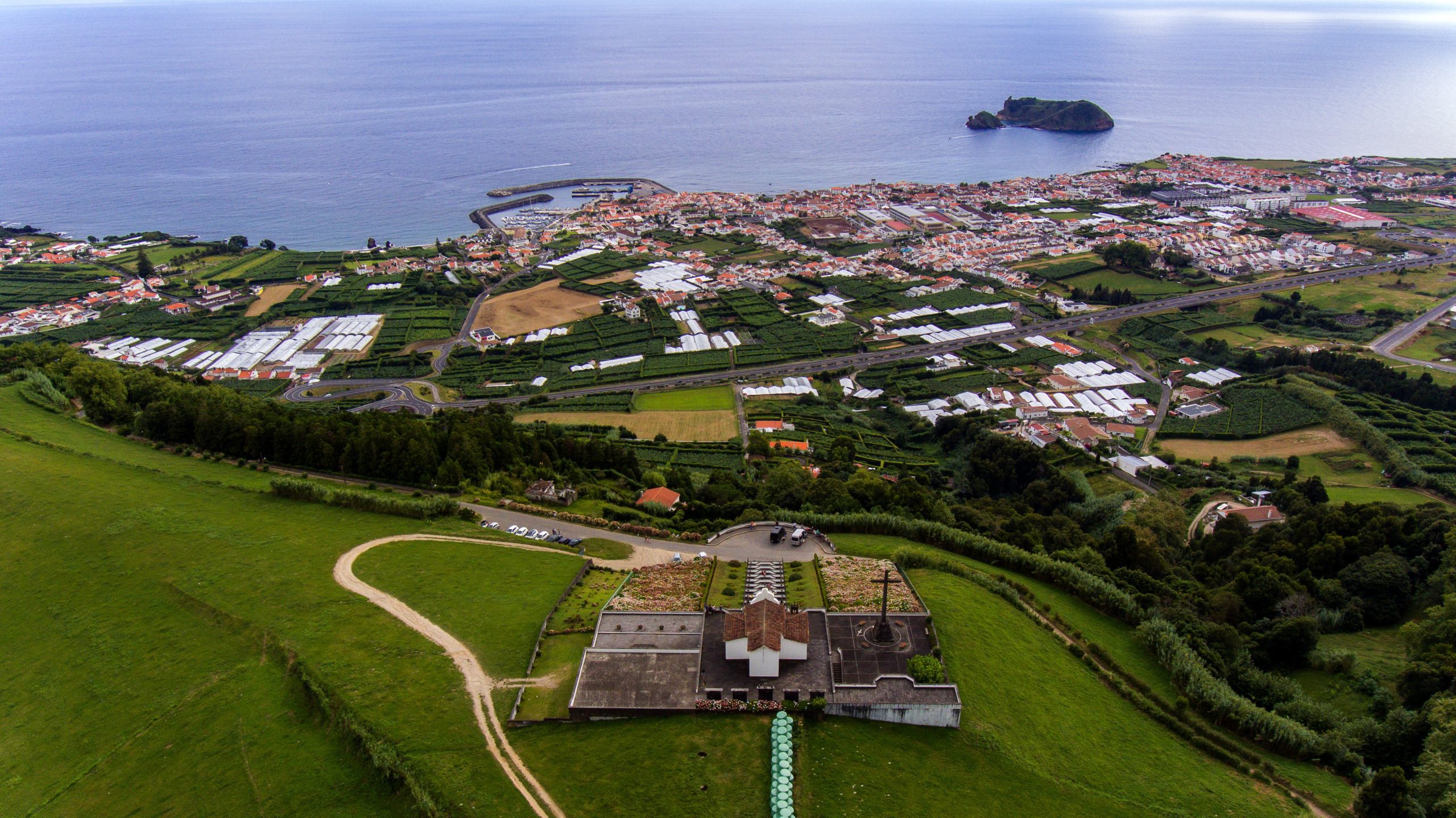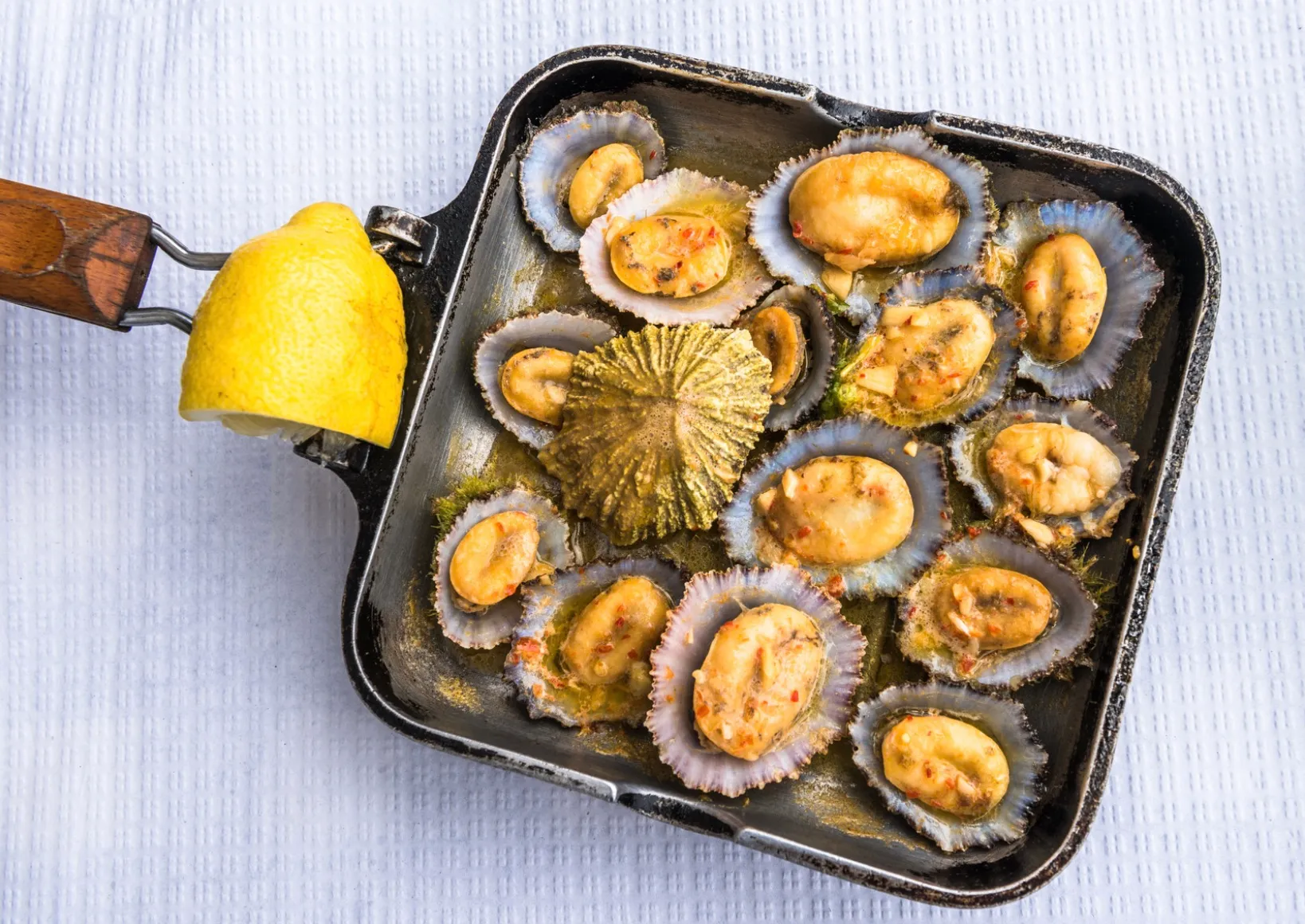Massa Sovada, a cherished delicacy of Azorean cuisine, is much more than simple bread. Thanks to its delicate sweetness, fluffy texture, and subtle scent, this iconic bread holds a special place in the hearts and homes of Azorean families worldwide.
Whether enjoyed during festive celebrations or as a comforting treat at home, Massa Sovada is enjoyed by every generation with its timeless taste. In this article, we will explore the origins of Massa Sovada, the ingredients, the process of making it, and where you can buy some.
What is Massa Sovada

Massa Sovada is a sweet bread made in all the islands of the Azores. Massa means dough, and sovada means kneaded. The name comes from the fact that you have to knead it well in order to create a smooth texture, also made by the use of lots of eggs, butter, and sugar.
Did you know
Massa Sovada is also known as “Bolo das Festas do Espírito Santo”, as it can be found during those religious holidays, typically accompanying soups and meats. It is a valid symbol of celebration.
During Easter, you can find it literally everywhere. Many people like to put hard-boiled eggs with the shell inside the dough, calling it “Folar da Páscoa”. Beyond Easter, Massa Sovada is also a go-to at weddings, baptisms, and other significant life events.
History of Massa Sovada
The traditional sweet bread of the Azores boasts a rich history spanning centuries. It is believed that when Portuguese explorers discovered the archipelago, they brought with them the Massa Sovada. Time passed, and the Azoreans adapted the recipe using local ingredients, creating their version.
So, the origin is really Portuguese from the mainland. But today, Massa Sovada has already traveled all around the globe to Portuguese communities everywhere, from Brazil to Hawaii, Africa to Asia, and North America, conquering the hearts of everyone who tastes it.
Ingredients for the Massa Sovada

The making of Massa Sovada is different from one island to another, but here is the global list of ingredients if you want to make this at home.
For the yeast:
- 1 sweet potato
- 1 egg
- 1 tablespoon of white sugar
- 20 g fresh yeast, or 7g dry yeast
- 125 g wheat flour.
For the dough:
- 2 kg wheat flour;
- 250 g sugar;
- 10 eggs
- 400 g butter;
- 500 ml milk;
- 1 teaspoon of lemon zest
- 1 pinch of salt
- 1 teaspoon of cinnamon (optional)
Recipe of Massa Sovada

The making of Massa Sovada requires some time, patience, and a touch of skill. You need to activate the yeast the night before.
First, cook the sweet potato in water. Once cooked, mix it to make a purée and add to a large bowl. Add the egg, sugar, and the yeast previously diluted in warm water, and mix manually. Add the flour until you reach a good consistency. Cover and let it grow overnight.
The next morning, sift the flour into a large bowl and add the sugar. Make a small hole in the middle and add the eggs. Whisk until homogeneous. Melt the butter and add it to the bowl. Add the yeast mixture as well and begin to knead. You should knead until you see bubbles form, and the dough doesn’t stick.
Once it’s well kneaded, put the dough in a large bowl, cover it, and let it rise for about 15 minutes. Then, knead again for about 30 minutes and return it to the covered recipient until it has doubled in size.
Now is the time to bake the dough. Divide the ball into different parts, depending on the size you want (in the Azores, it is typical to find big Massas Sovadas of 500g or even 1 kg). Stretch and bend the different parts and put them on a cloth sprinkled with flour. Let them rise to double their size.
Preheat your oven to 180ºC. When they are ready to go to the oven, brush them with a beaten egg. They should stay in the oven for at least 45 minutes, but this time may vary depending on the size of the balls. Check visually for a beautiful golden color and a good consistency.
Previously, people used to cook it in a wood oven, with the dough wrapped in ginger lily leaves.
Where to buy Massa Sovada?
If you are in the Azores, you will be able to find Massa Sovada at all the supermarkets, especially during Easter, but also generally all year round.
For those who are abroad and miss the Azorean sweetness, you can find it online at this e-shop.
→ Explore the authentic flavors of Azorean cuisine in our articles: Bolos Lêvedos | Cozido das Furnas | Grilled Limpets | Massa Sovada | Pimenta da Terra | Gorreana Tea Plantation
Video
Conclusion
Massa Sovada is more than just a delicious bread; it’s proof of the enduring power of tradition for centuries. Its rich history, cultural importance, and unique flavor have made it a beloved treat for generations. Whether enjoyed plain, toasted with butter, or accompanied by sweet rice (“arroz doce”), Massa Sovada continues to be a source of comfort and joy.
As you taste a slice of this sweet Portuguese bread, you will realize why this delicacy is still a favorite in significant events. So why not try making Massa Sovada at home and experience the magic for yourself?






